ARC 2701 Exam 1
1/115
There's no tags or description
Looks like no tags are added yet.
Name | Mastery | Learn | Test | Matching | Spaced |
|---|
No study sessions yet.
116 Terms
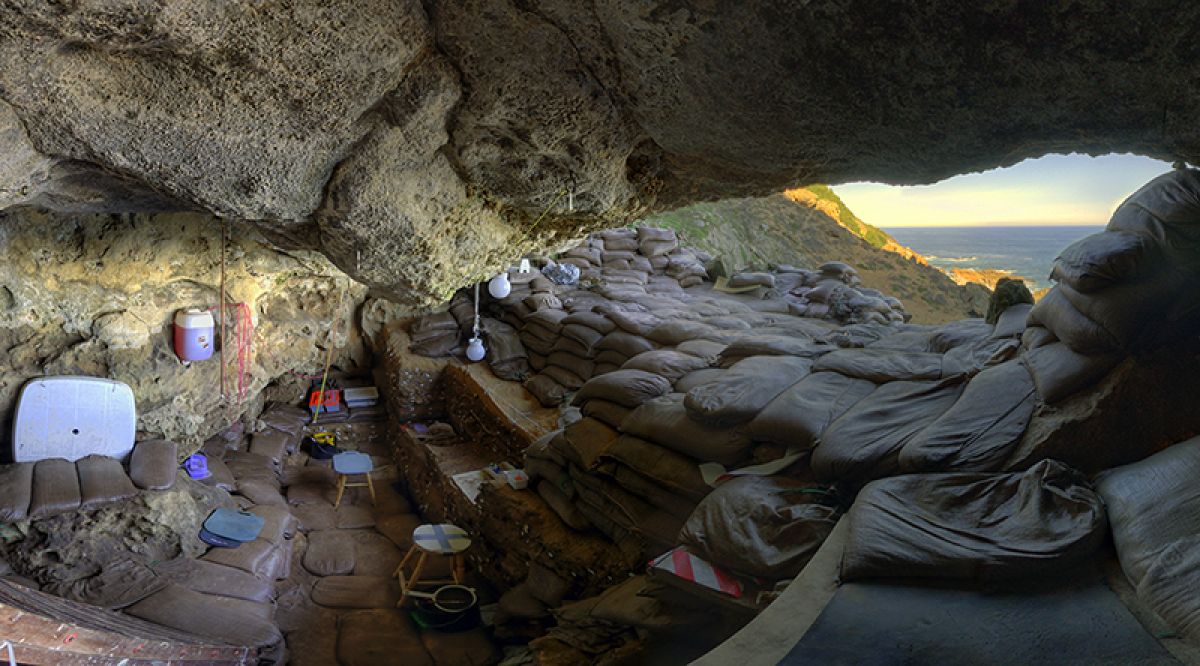
Blombos Cave
Location: Present-day South Africa
Inhabited: 100,000 to 70,000 BP (before present)
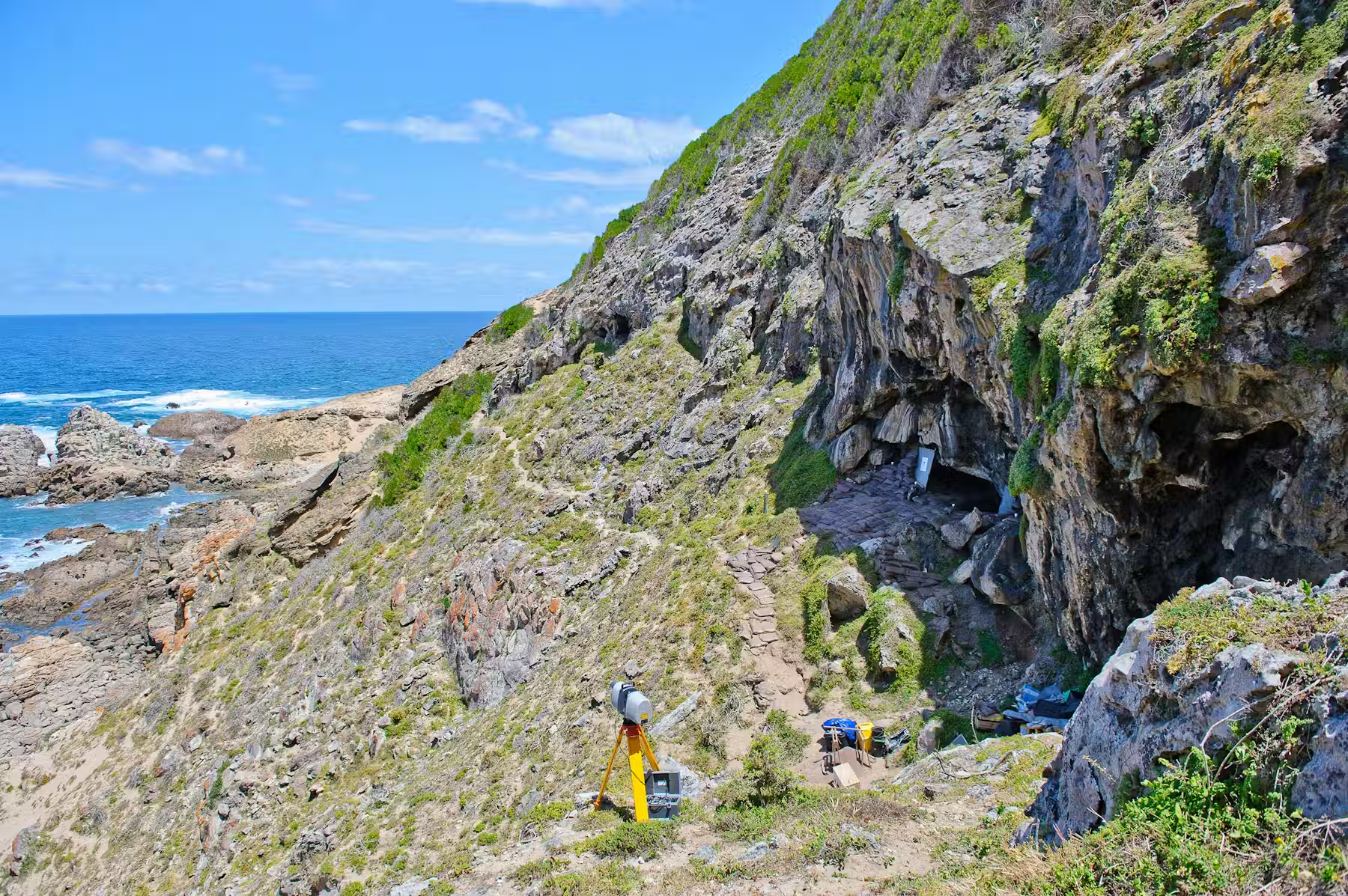
Blombos Cave
Location: Present-day South Africa
Inhabited: 100,000 to 70,000 BP (before present)
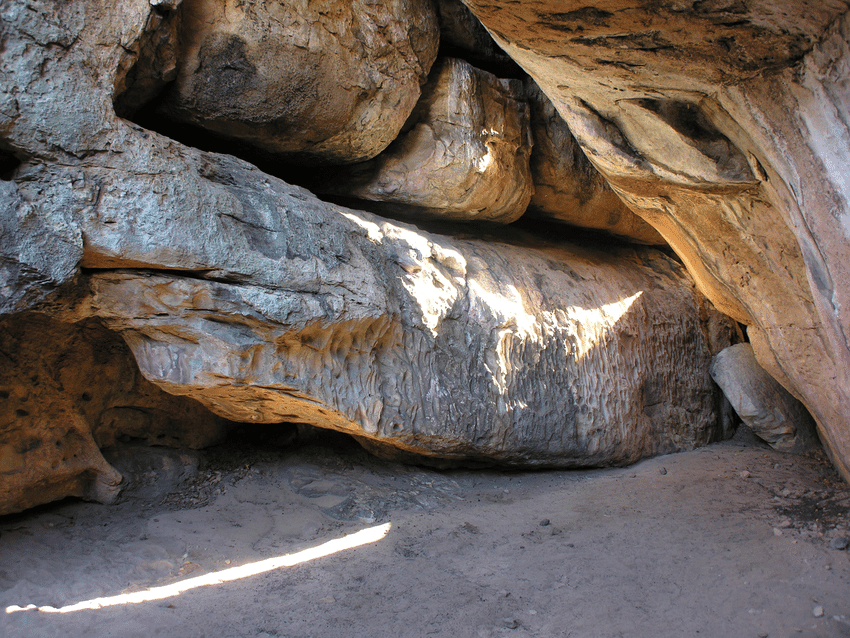
Rhino Cave
Location: Tsodilo Hills, present-day Botswana
Inhabited: Beginning roughly 70,000 BCE (before common era)
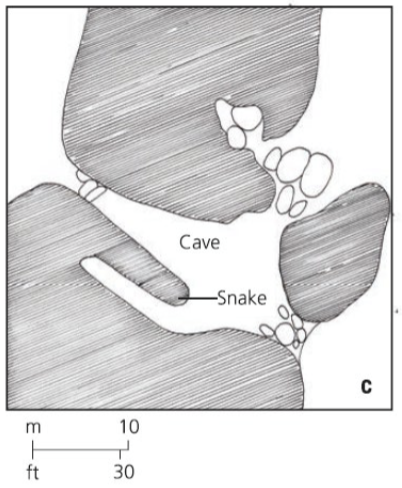
Rhino Cave
Location: Tsodilo Hills, present-day Botswana
Inhabited: Beginning roughly 70,000 BCE (before common era)
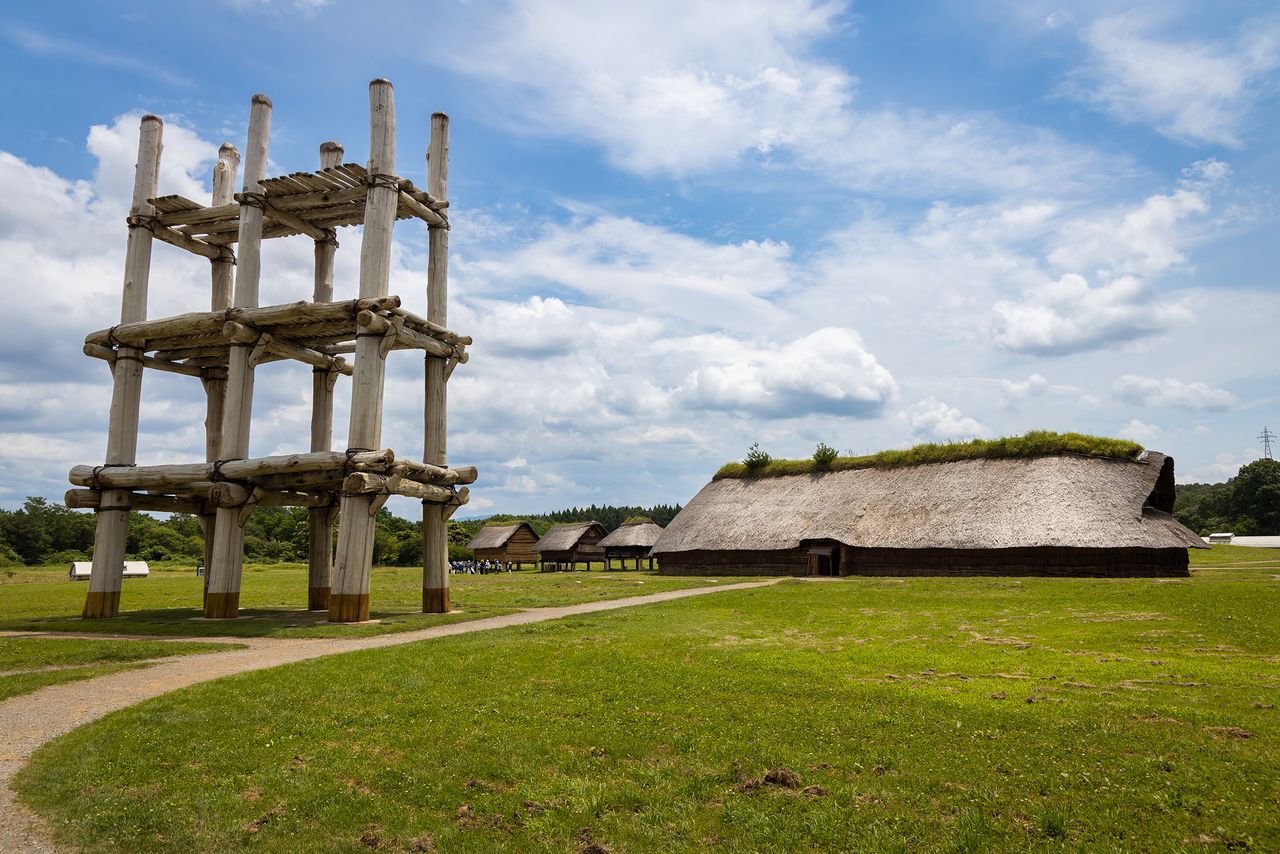
Sannai-Maruyama Site
Location: present-day Japan
Settled: roughly 4,000 to 2,000 BCE (before common era)
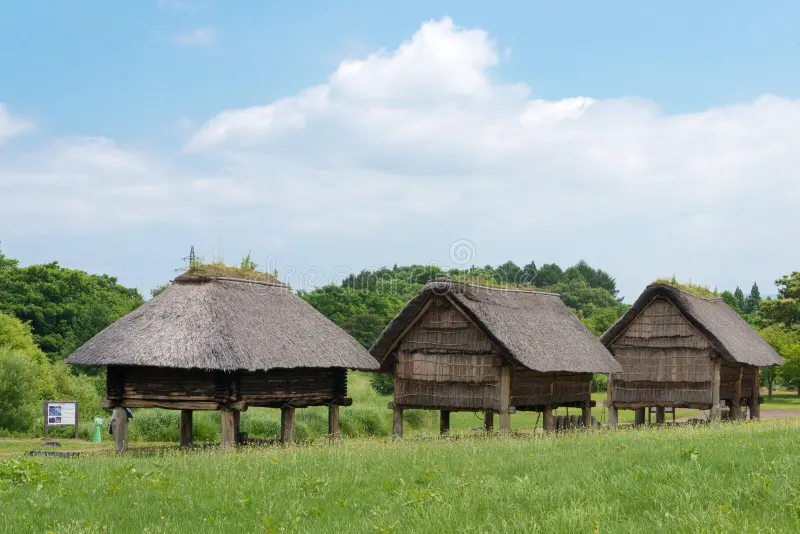
Sannai-Maruyama Site elevated storehouses for grain
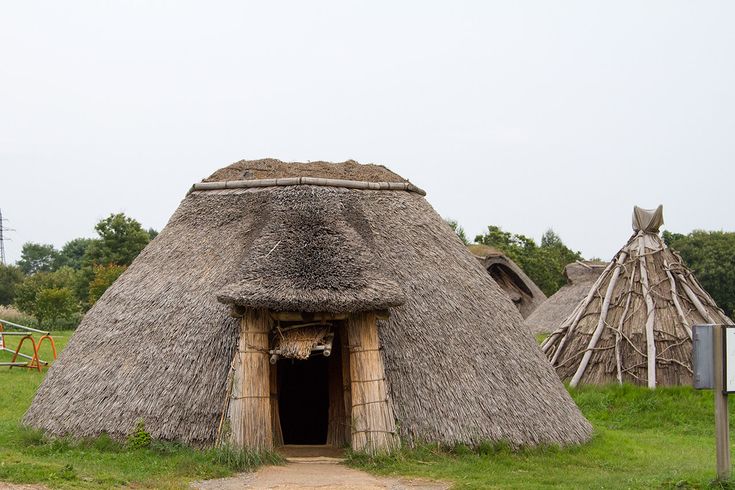
Sannai-Maruyama Site pit houses

Göbekli Tepe
Location: Present-day Turkey
Inhabited: Roughly ca.
9,000 to 7,500 BCE (before common era)
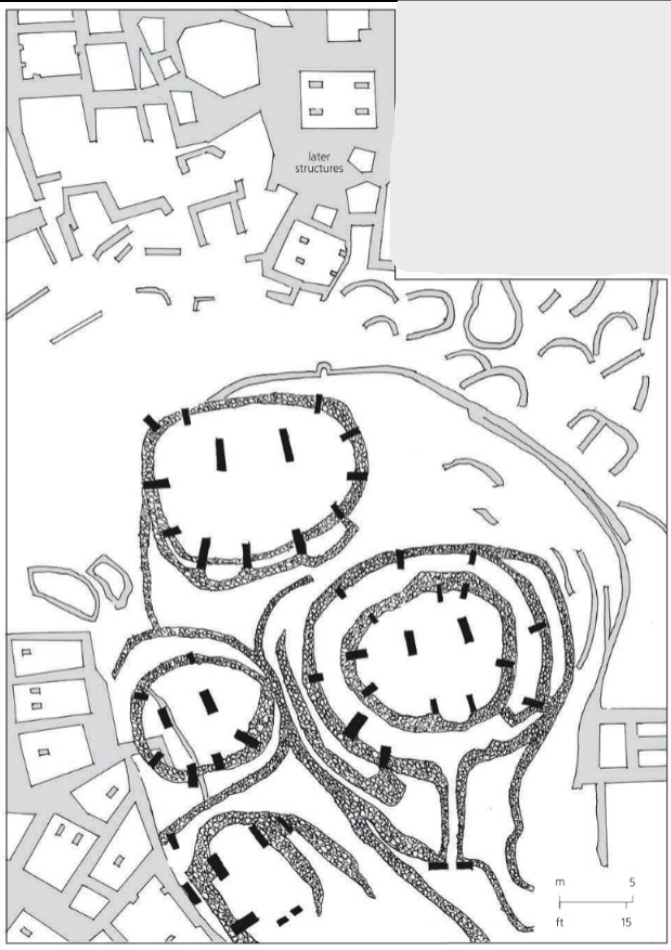
Göbekli Tepe
Location: Present-day Turkey
Inhabited: Roughly ca.
9,000 to 7,500 BCE (before common era)
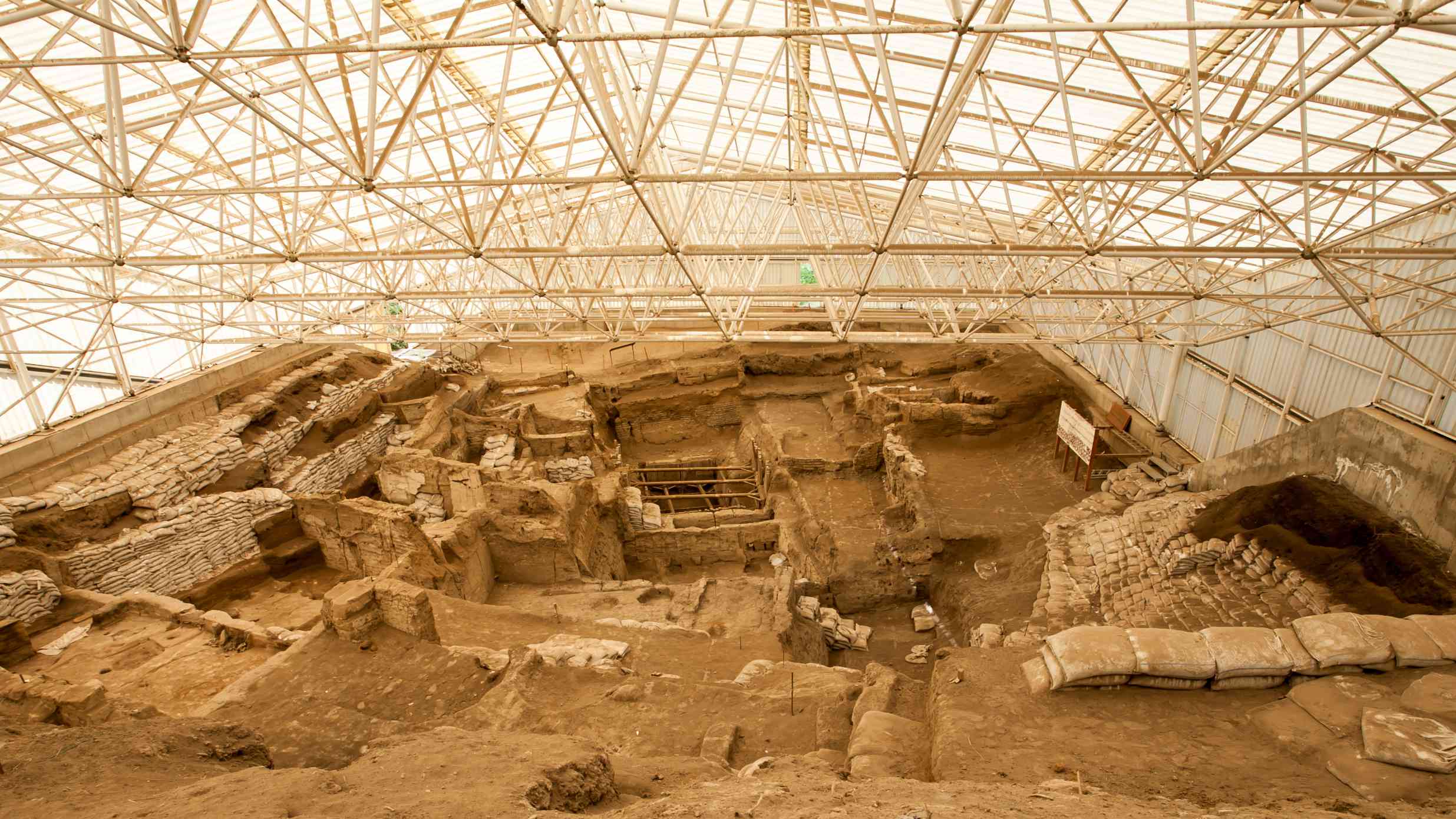
Çatal Hüyük
Location: Present-day Turkey
Inhabited: Roughly
7,400 to 5,500 BCE (before common era)
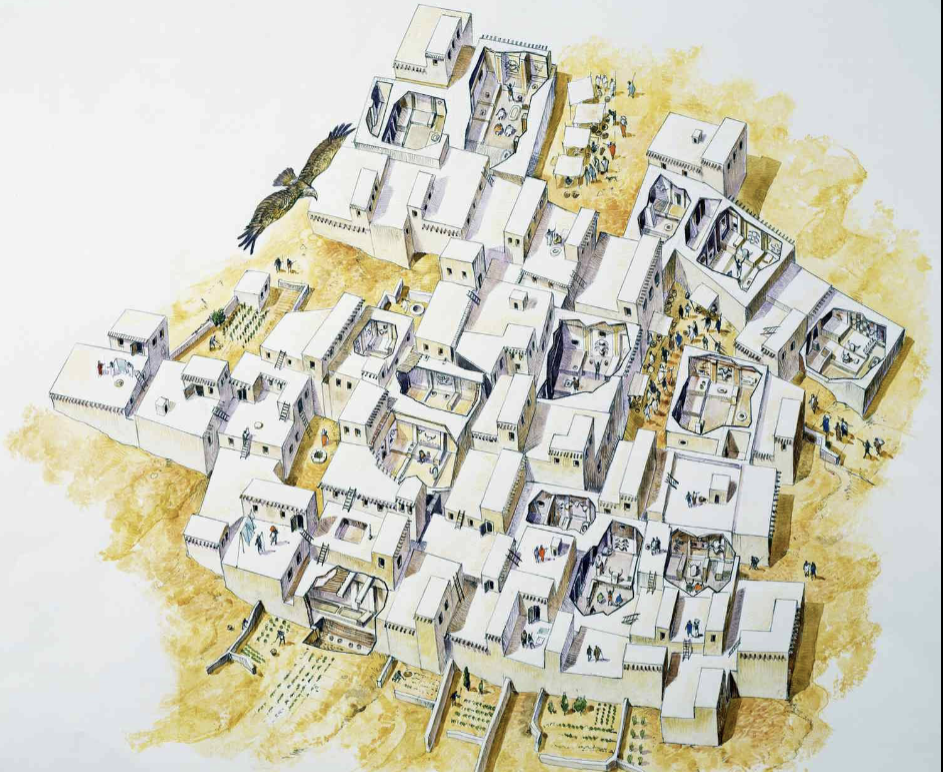
Çatal Hüyük
No streets, social life may have taken place on the rooves of buildings, seemingly no hierarchy, may have been two settlements opposite a body of water
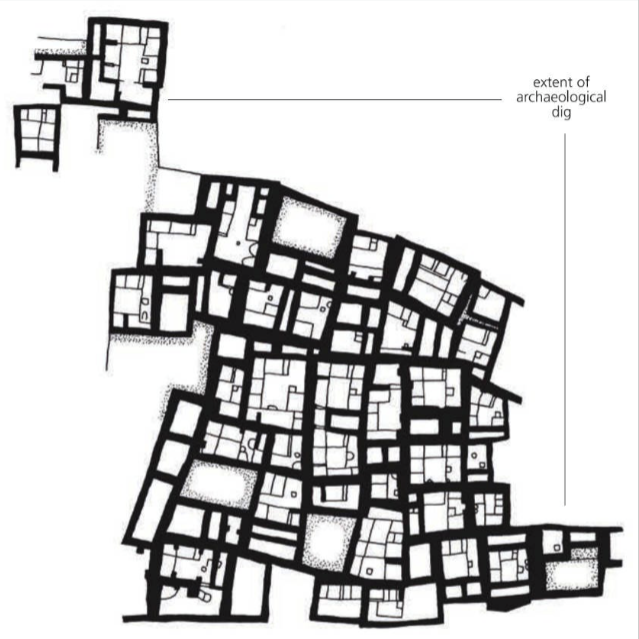
Çatal Hüyük
Location: Present-day Turkey
Inhabited: Roughly
7,400 to 5,500 BCE (before common era)
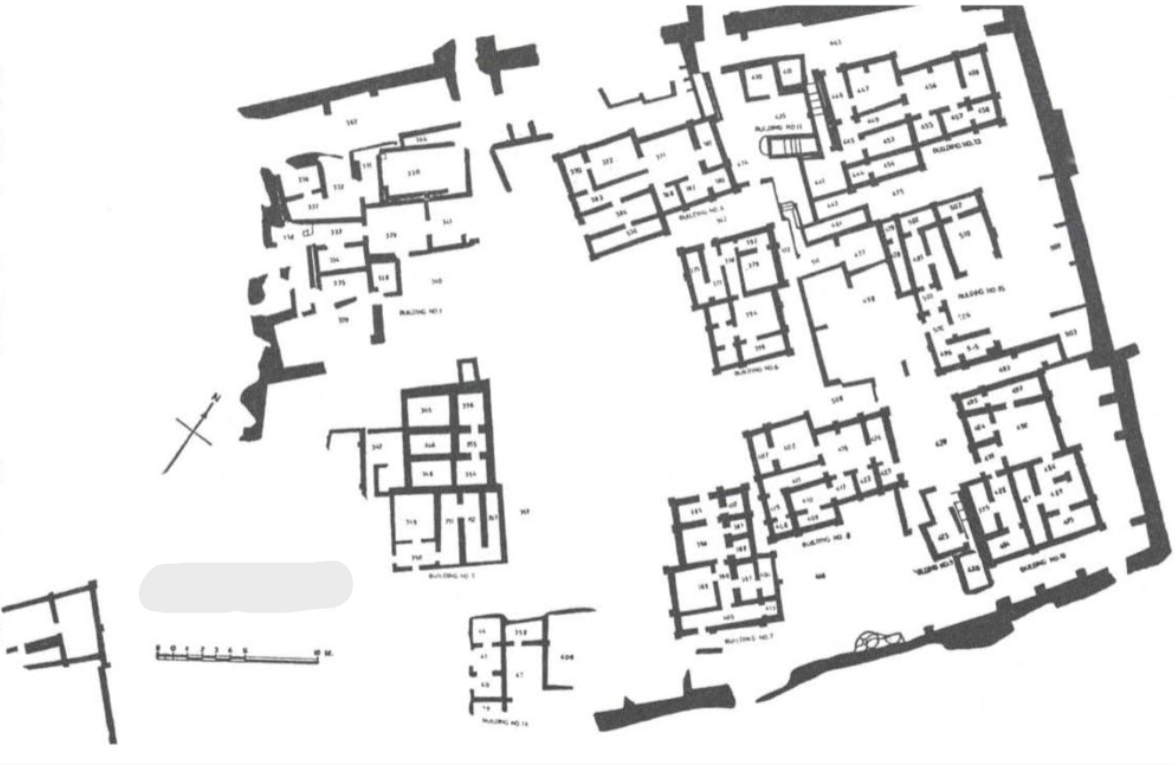
Tell es-Sawaan
Location: Present-day Iraq
Inhabited: Roughly
6,000 to 3,500 BCE (before common era)
image might be rotated on the exam.
Has streets and separated buildings, had a wall & moat around the city, T shaped buildings, buildings seem to have specific purposes
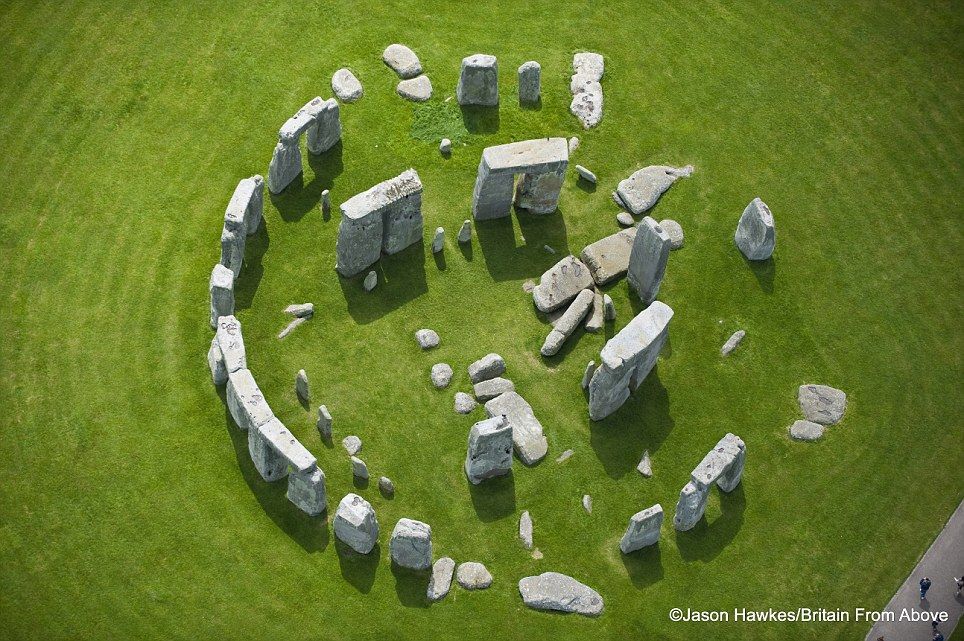
Stonehenge
Location: present-day Wiltshire, England
Built: beginning ca. 3,000 BCE
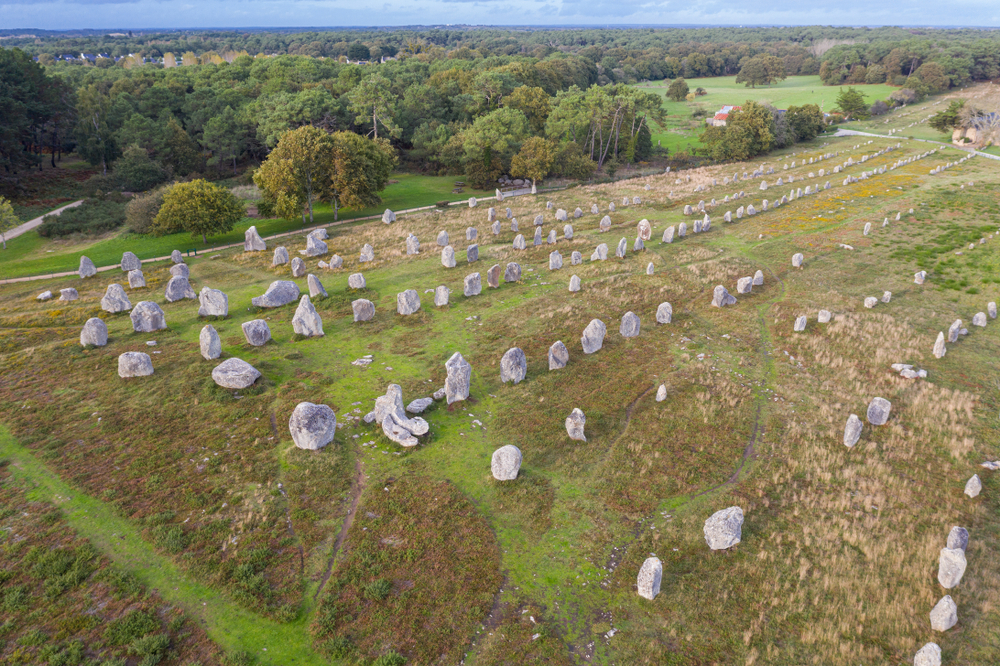
Carnac stones
Location: Carnac, present-day France
Built: ca. 3,500 BCE (before common era)
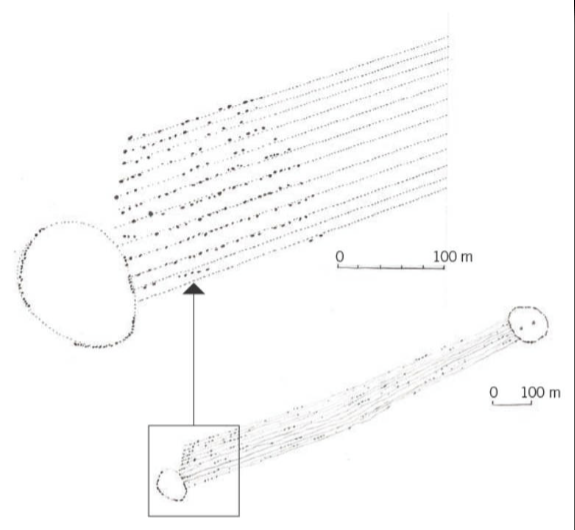
Carnac stones
Location: Carnac, present-day France
Built: ca. 3,500 BCE (before common era)
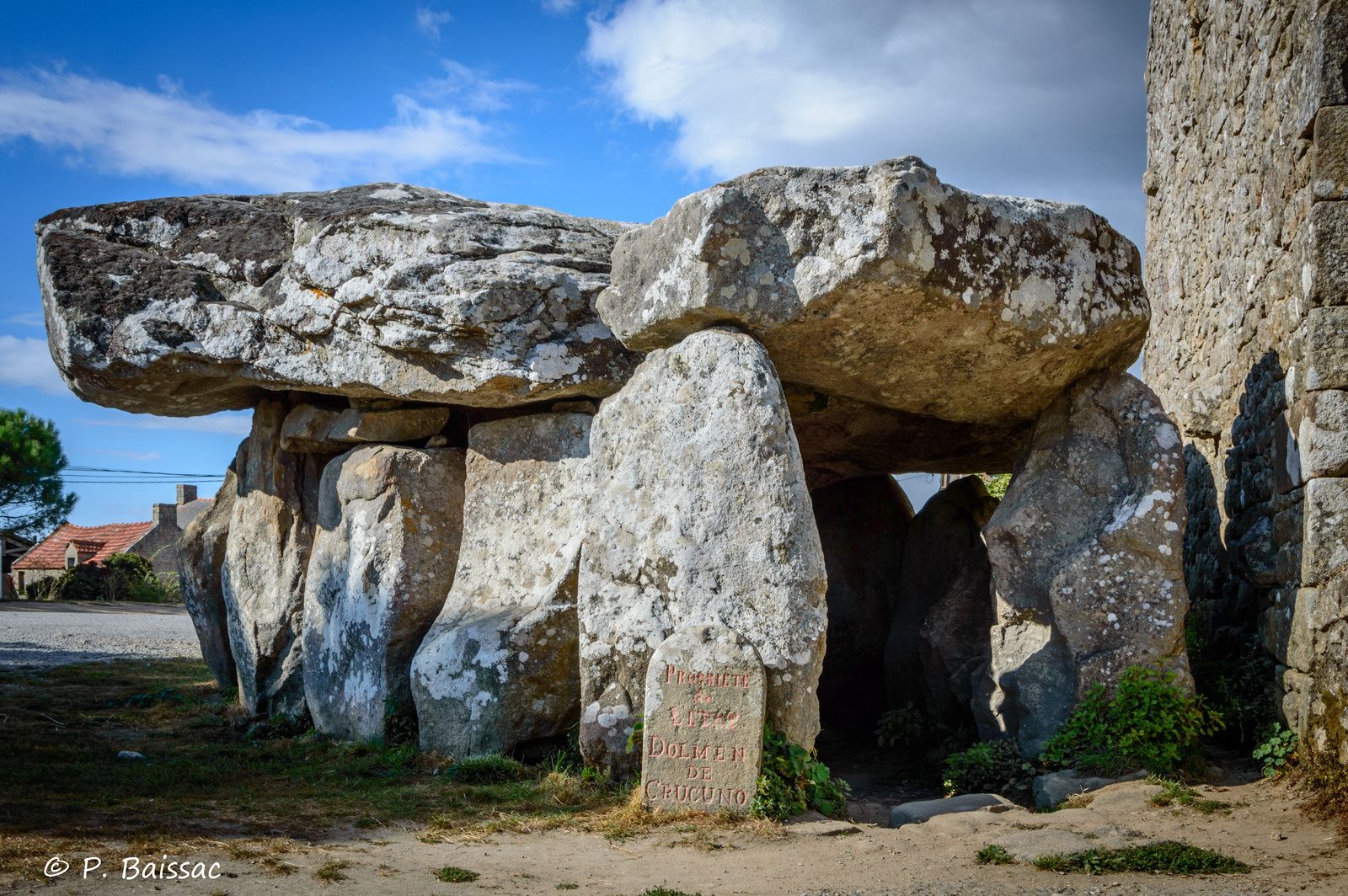
Crucuno dolmen
Location: present-day Brittany, France
Built: ca. 4,000 BCE (before common era)
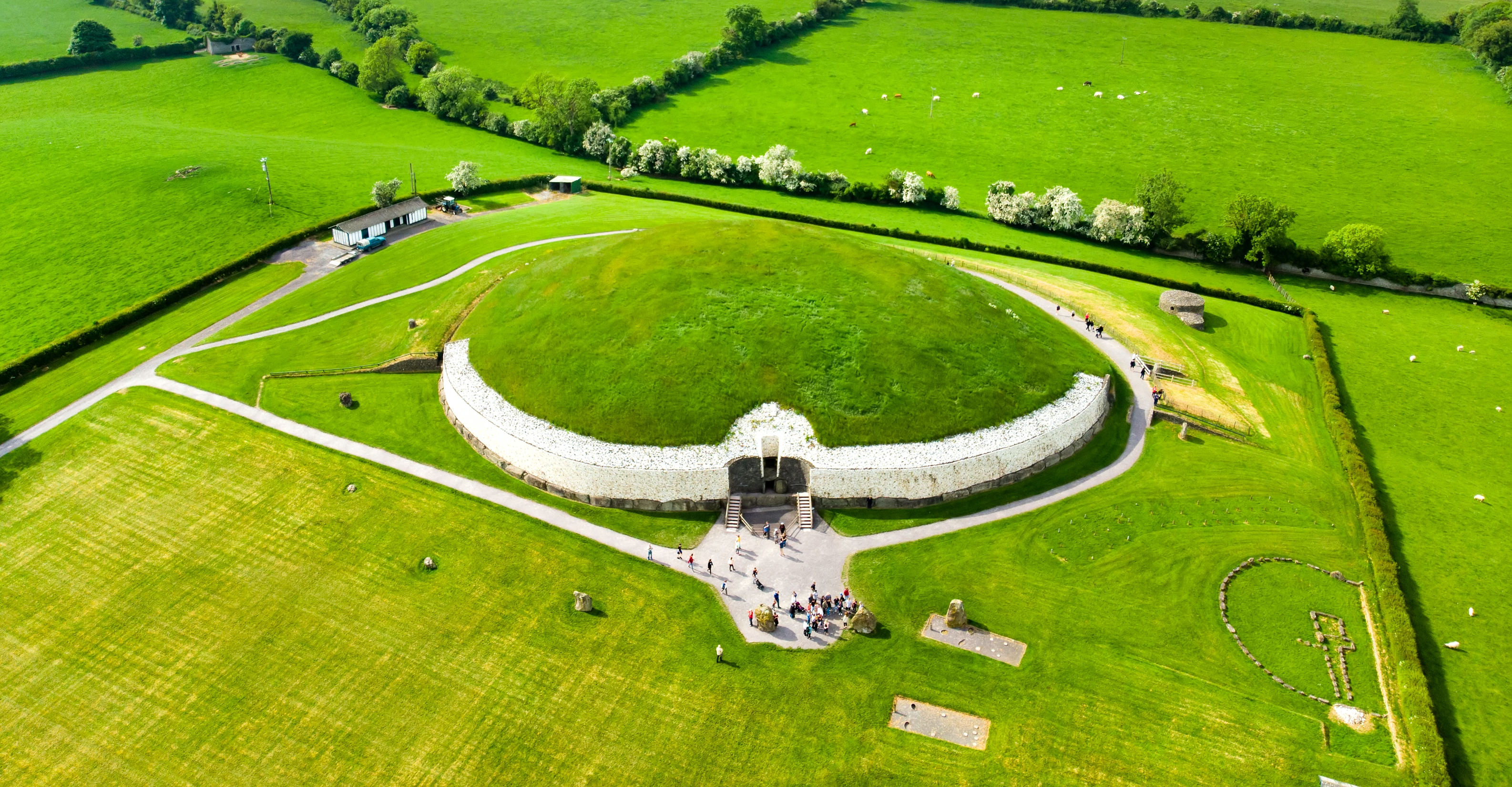
Newgrange
Location: present-day County Meath, Ireland
Built: ca. 3,200 BCE (before common era)
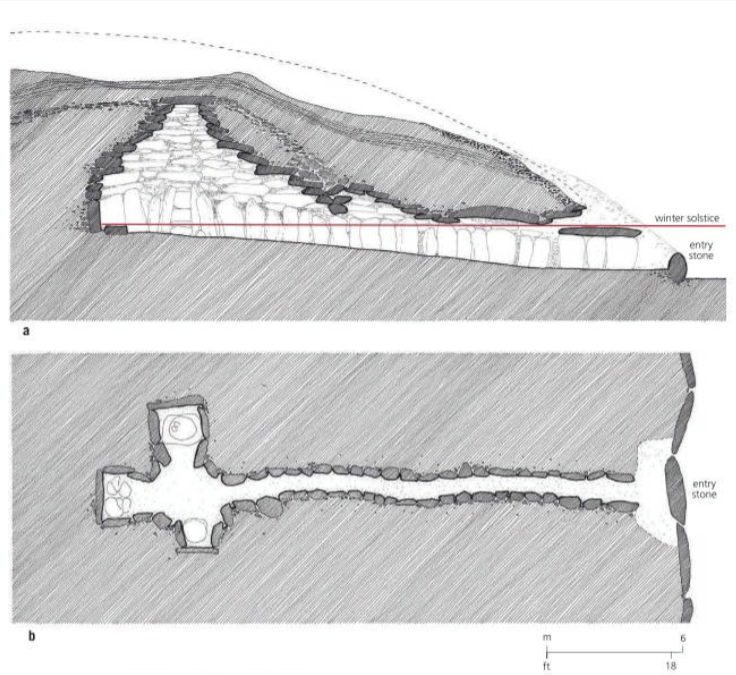
Newgrange sections
A tumulus, on the winter solctice the sun shines through an opening above the entrance
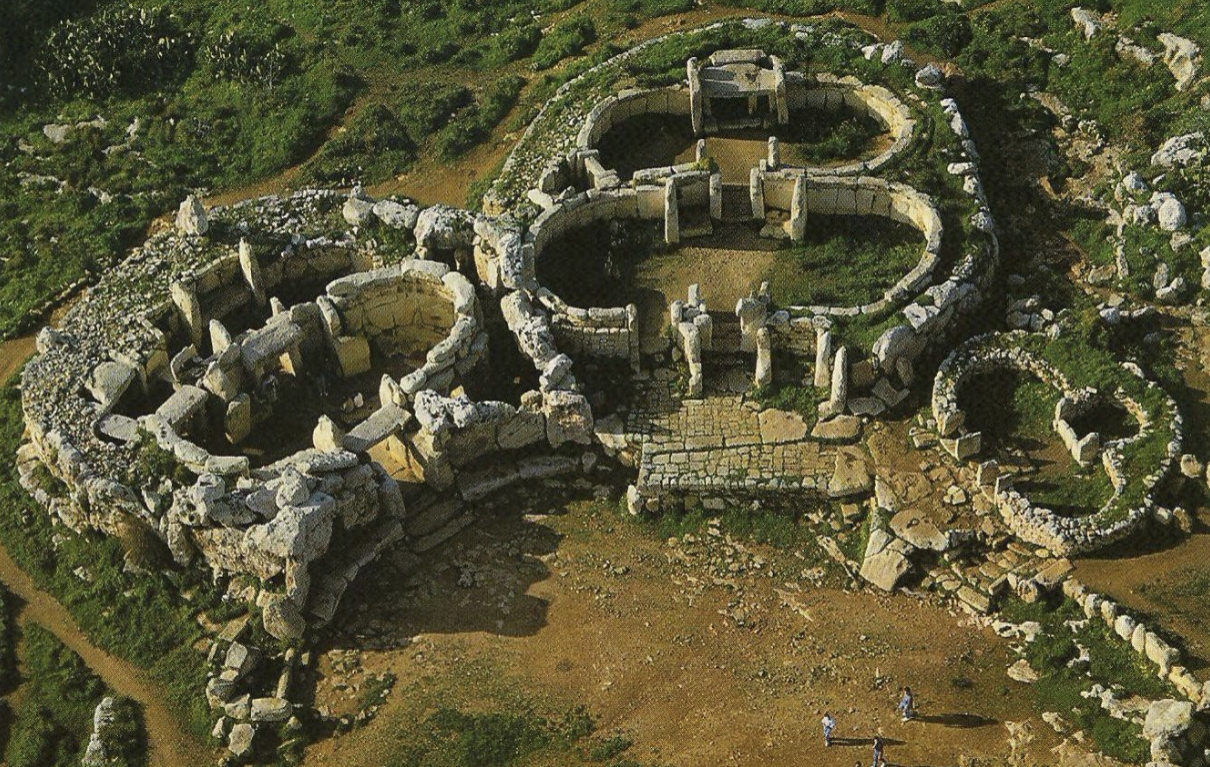
Megalithic Temples of Malta
Location: present-day Malta
Built: ca. 3,600 to 2,500 BCE (before common era)
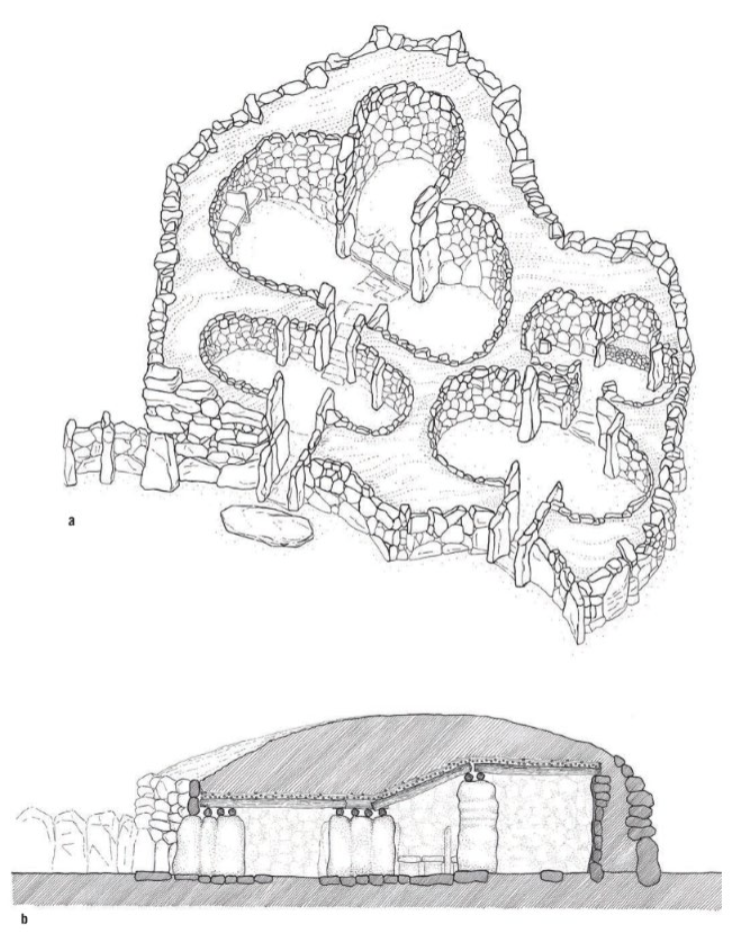
Megalithic Temples of Malta
found models of the temples and places for cattle - maybe something like temple tourism
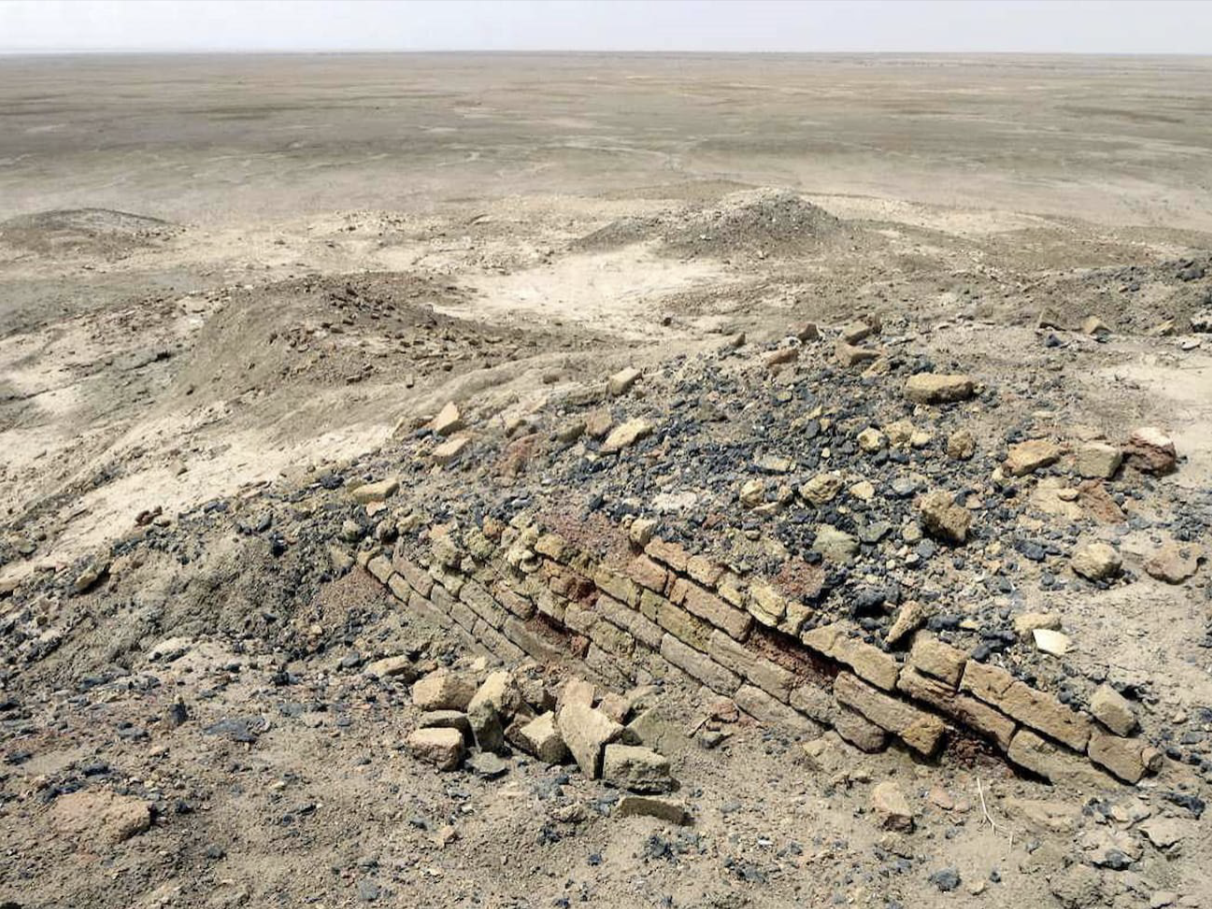
Eridu (city)
Location: present-day Iraq
Founded: ca. 5,400 BCE (before common era)
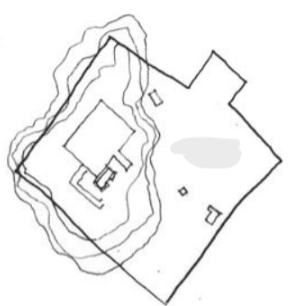
Eridu (city)
Location: present-day Iraq
Founded: ca. 5,400 BCE (before common era)
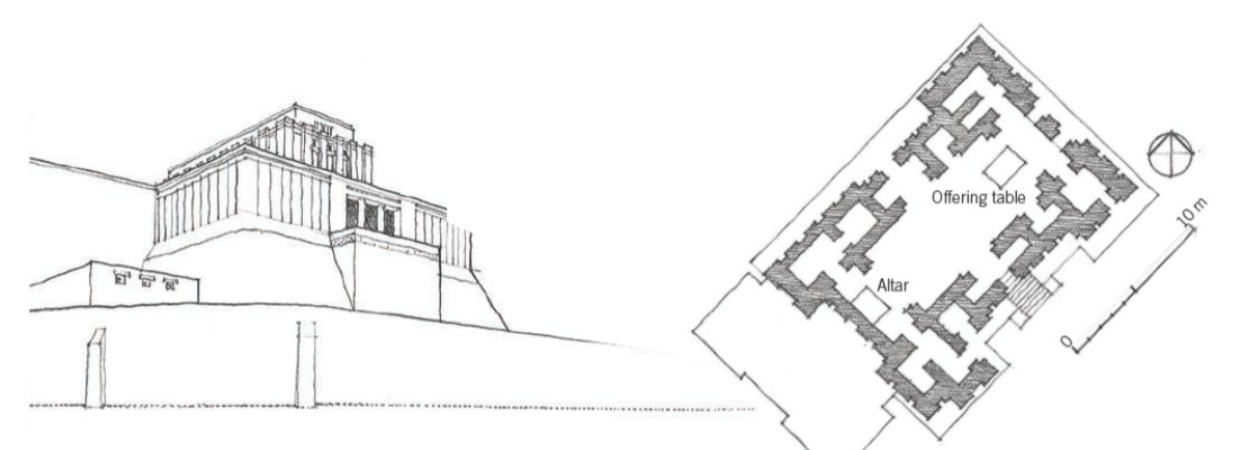
Ediru (temple)
In the center of the city, started as a very small building that was built up over time
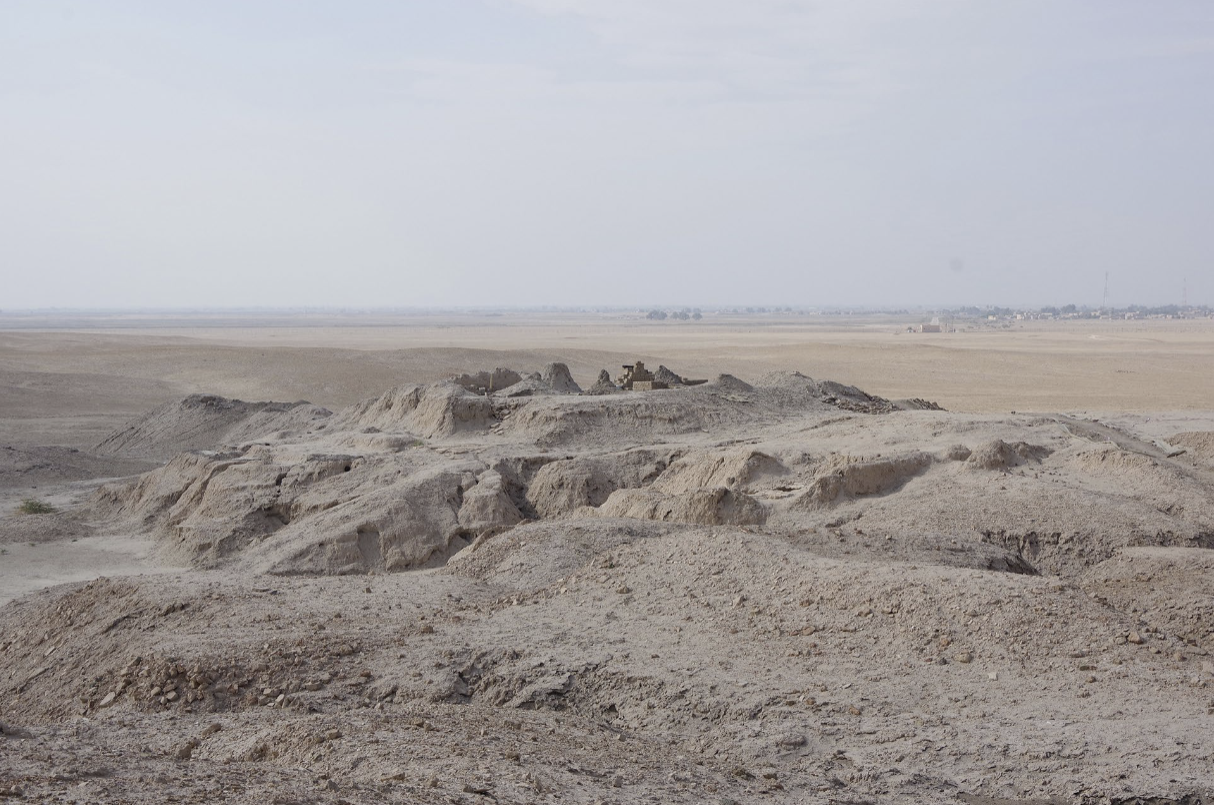
White Temple
Location: Uruk, present-day Iraq
Begun: ca. 4,000 BCE (before common era)
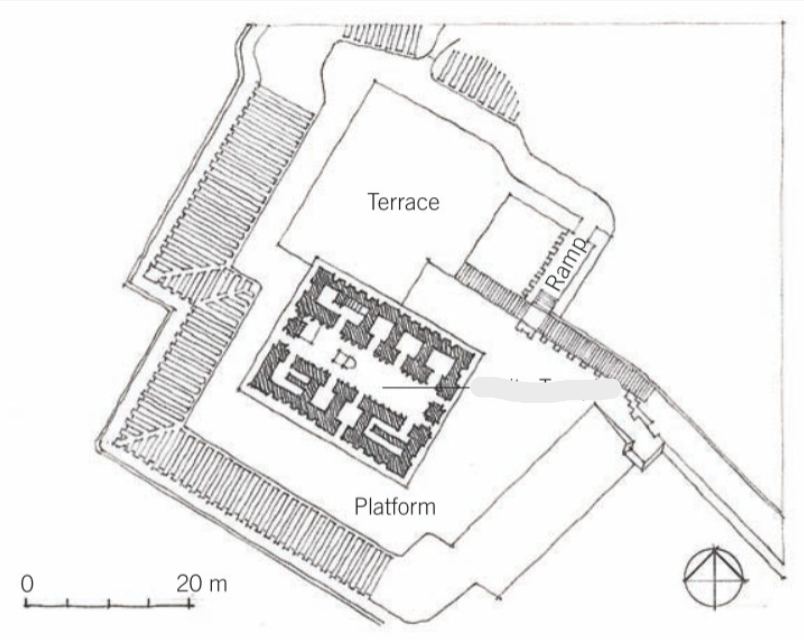
White Temple
Location: Uruk, present-day Iraq
Begun: ca. 4,000 BCE (before common era)

Ziggurat at Ur (reconstructed)
Location: Ur, present-day Iraq
Built: ca. 2,100 BCE (before common era)

Ziggurat at Ur
built for the moon goddess Nanna, connected to the Euphrates river
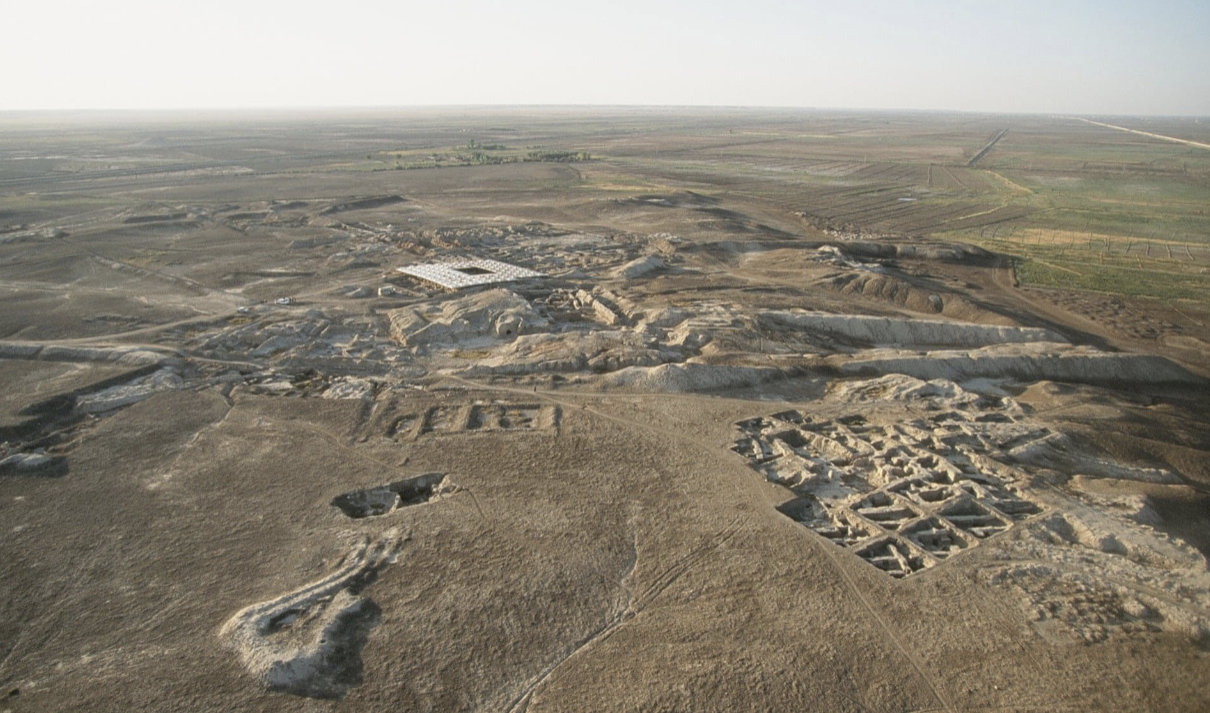
Mari (city)
Location: on the Euphrates, present-day Syria
Inhabited: ca. 2,950 to 1,760 BCE (before common era)
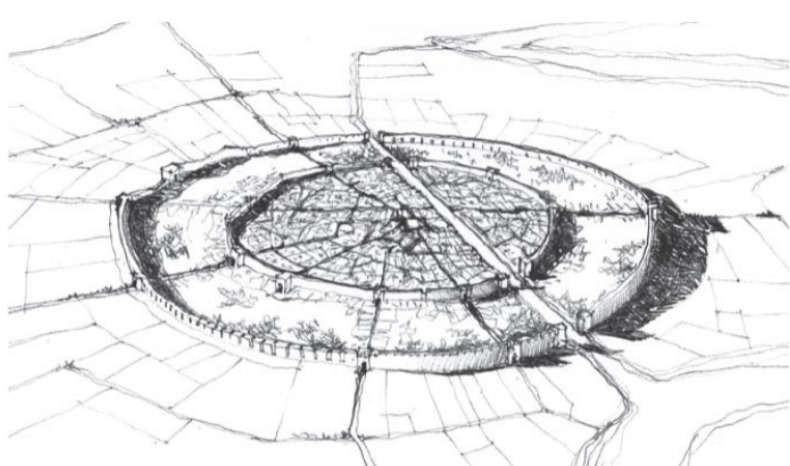
Mari (city)
Location: on the Euphrates, present-day Syria
Inhabited: ca. 2,950 to 1,760 BCE (before common era)
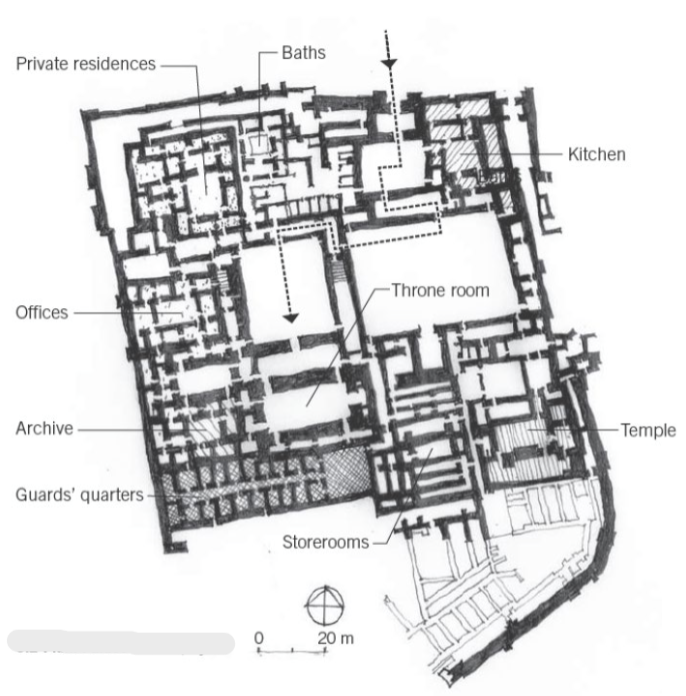
Palace at Mari
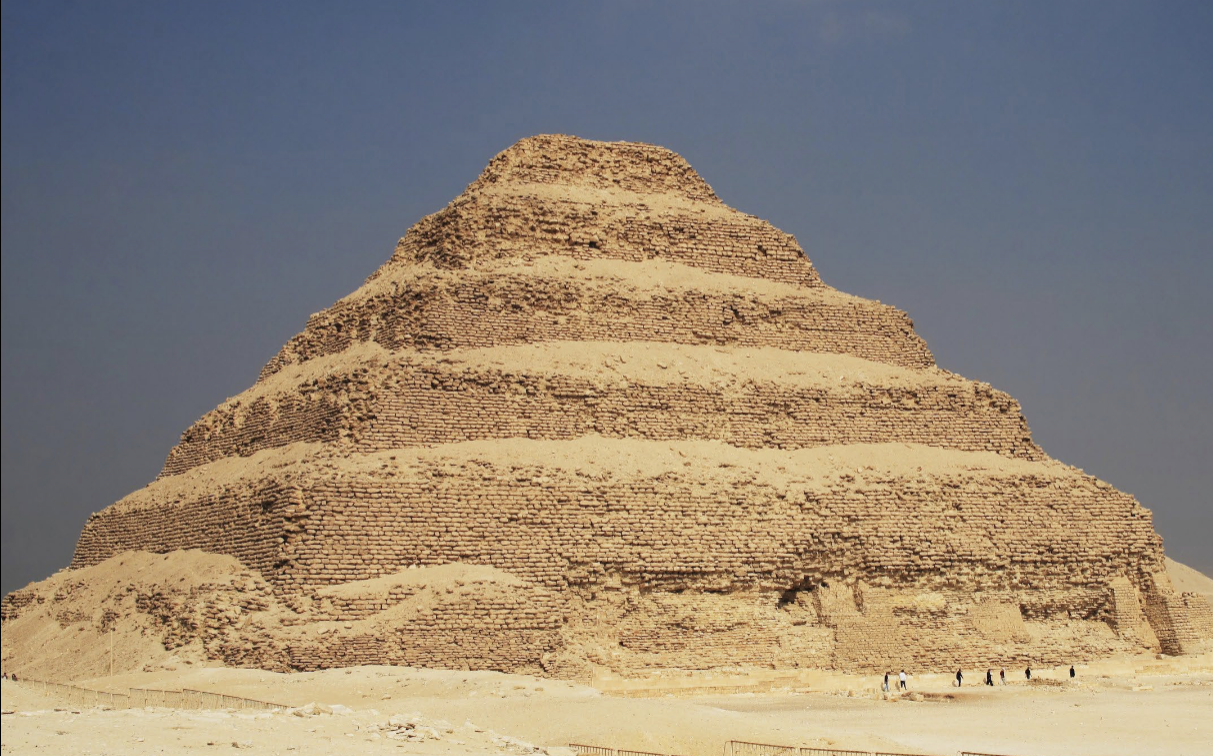
Step Pyramid of Djoser (Zoser)
Reigned: ca. 2,686–2,613 BCE
Location: Saqqara, present-day Egypt
Built: ca. 2,630 BCE
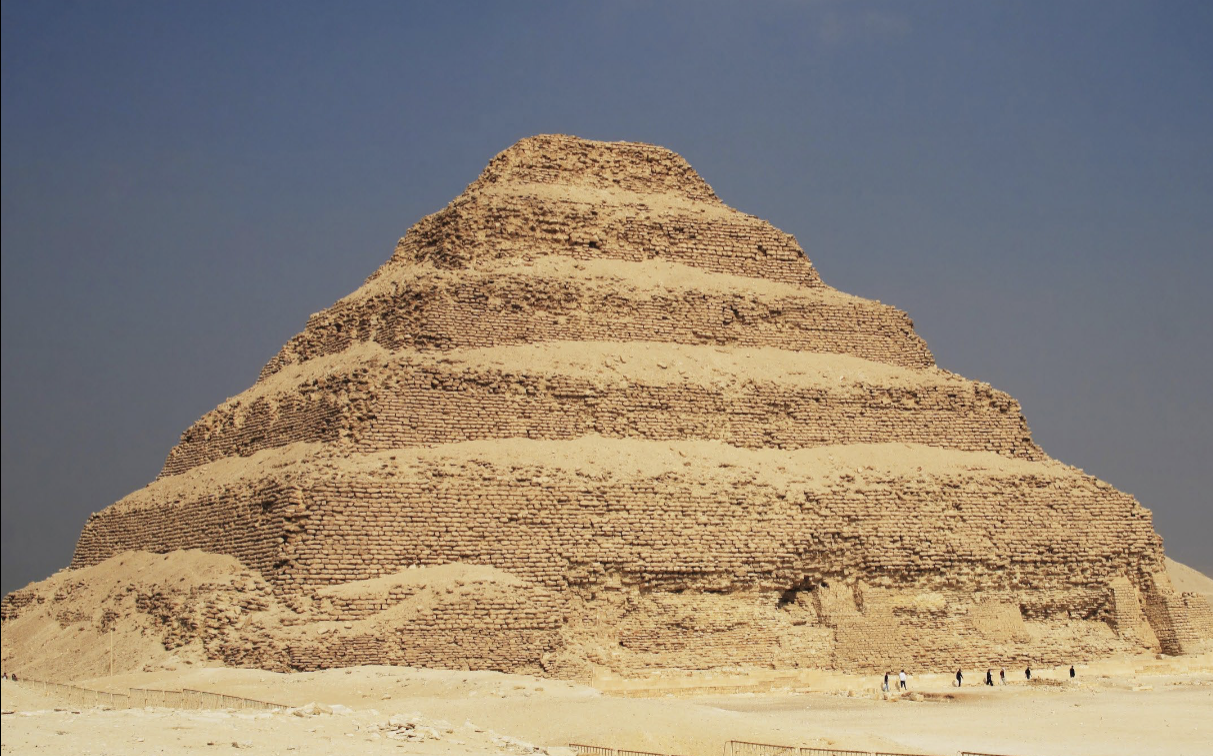
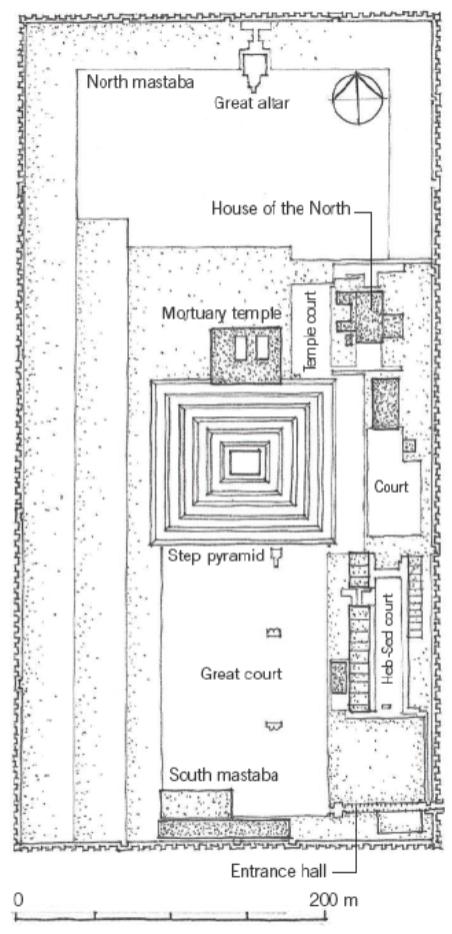
Step Pyramid of Djoser (Zoser)
Reigned: ca. 2,686–2,613 BCE
Location: Saqqara, present-day Egypt
Built: ca. 2,630 BCE
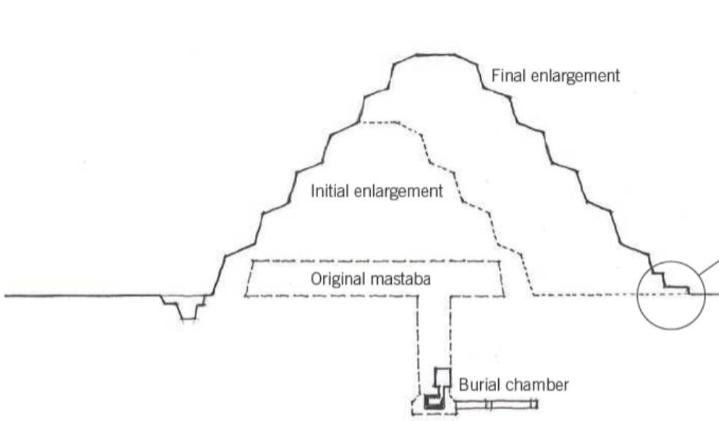
Step Pyramid of Djoser (Zoser)
Reigned: ca. 2,686–2,613 BCE
Location: Saqqara, present-day Egypt
Built: ca. 2,630 BCE
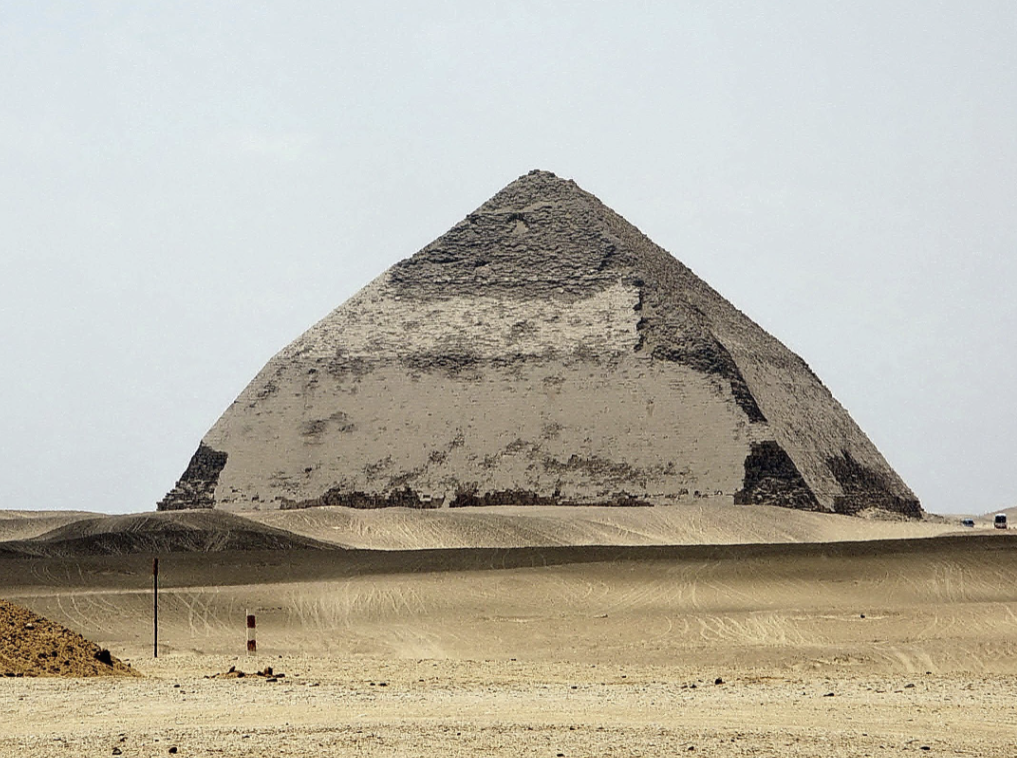
Bent Pyramid of Snefru (Snofru)
Reigned: ca. 2,613–2,589 BCE
Location: Dahshur, present-day Egypt
Built: ca. 2,600 BCE

Bent Pyramid of Snefru (Snofru)
Reigned: ca. 2,613–2,589 BCE
Location: Dahshur, present-day Egypt
Built: ca. 2,600 BCE
Snefru’s failed attempt, later built over by Khufu
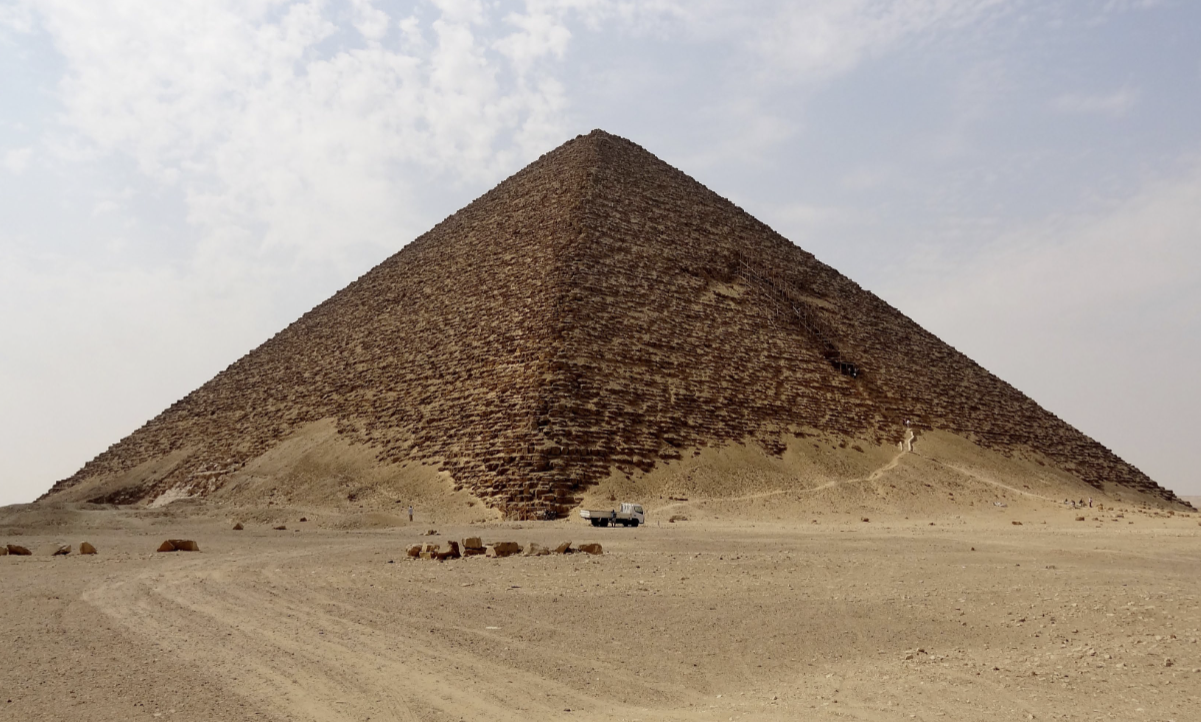
Red Pyramid of Snefru (Snofru)
Reigned: ca. 2,613–2,589 BCE
Location: Dahshur, present-day Egypt
Built: ca. 2,600 BCE
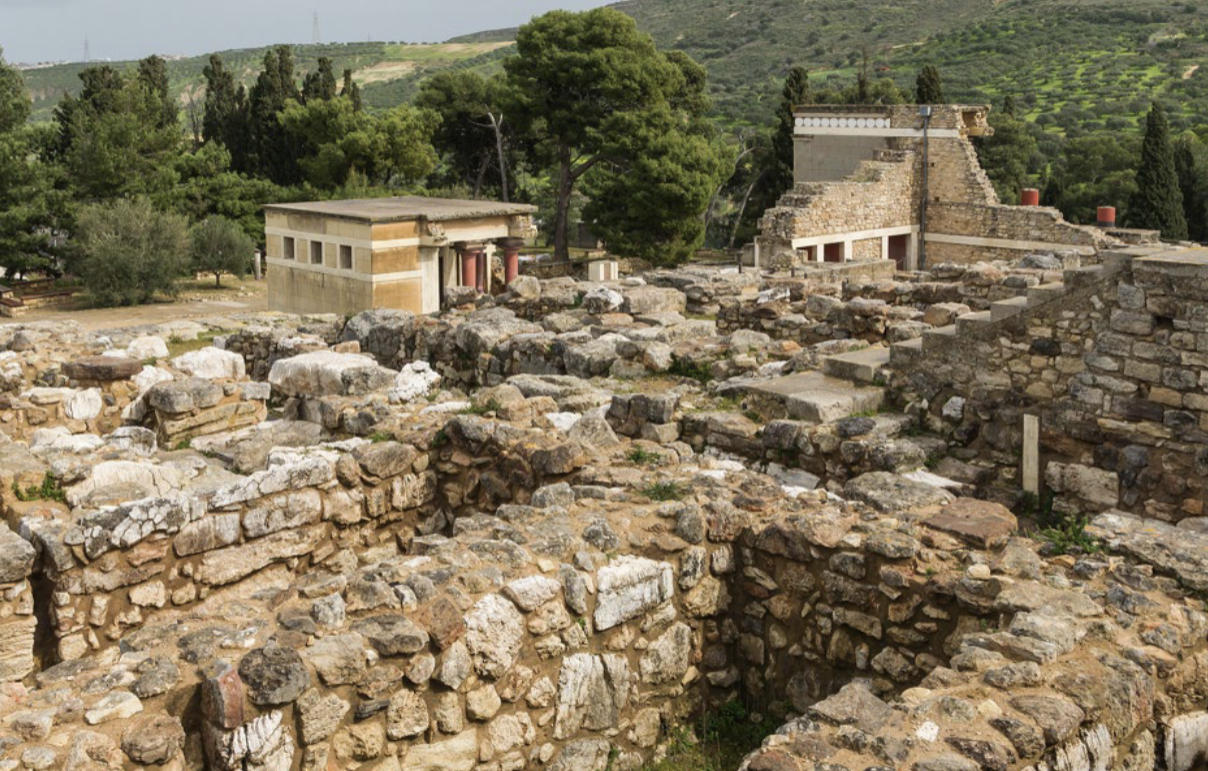
Palace at Knossos
Location: Knossos, present-day Crete
Built: ca. 1,700 to 1,400 BCE
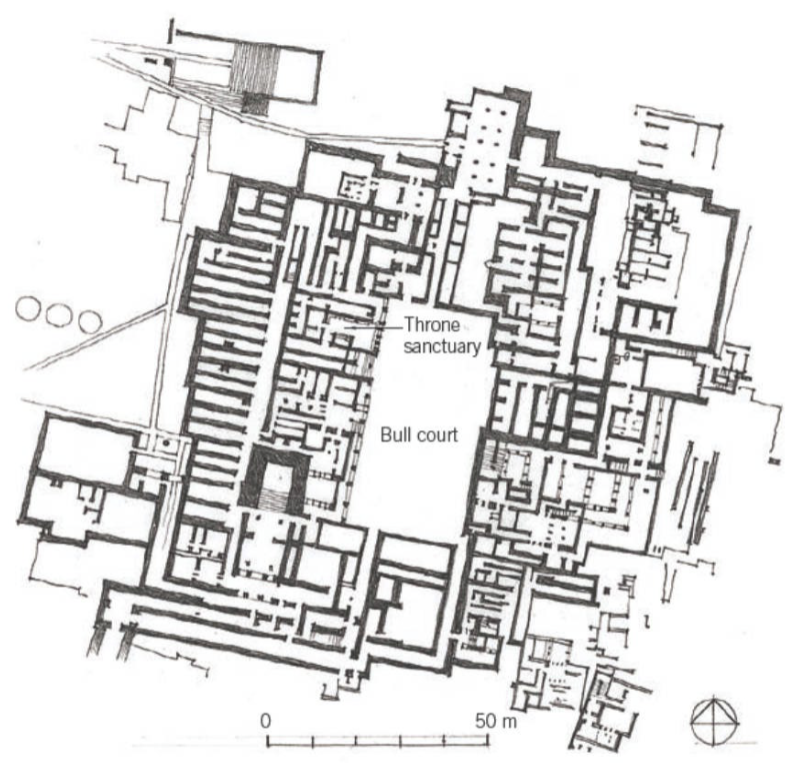
Palace at Knossos
lots of small rooms, public access to the courtyard where ceremonies took place, built to face mount Juktas
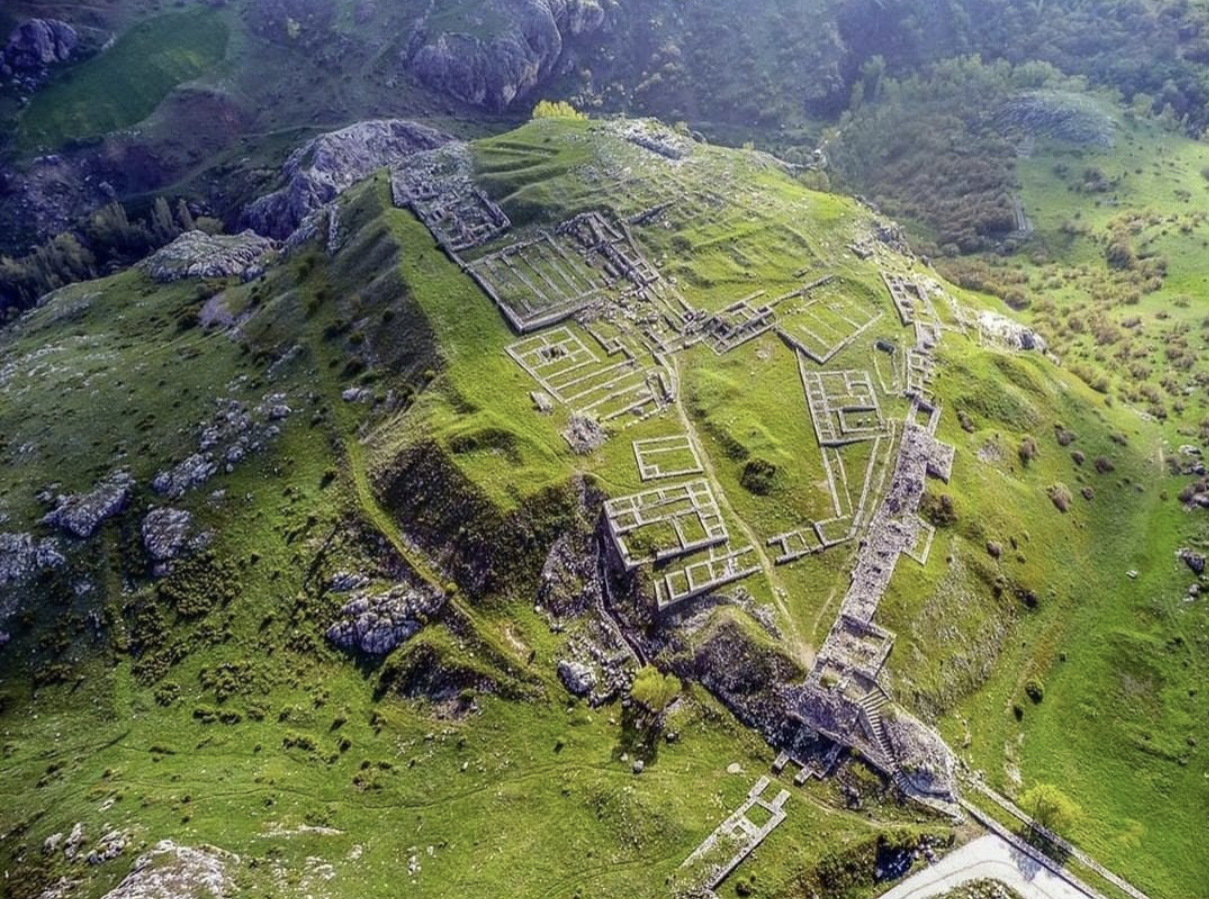
Hattusas
Location: present-day Bogazköy, Turkey
Built: ca. 1,600 BCE
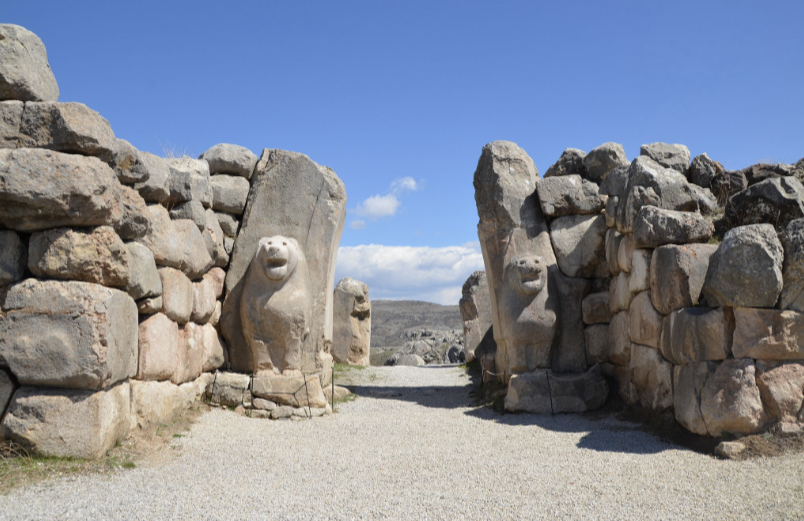
Hattusas Lion Gate
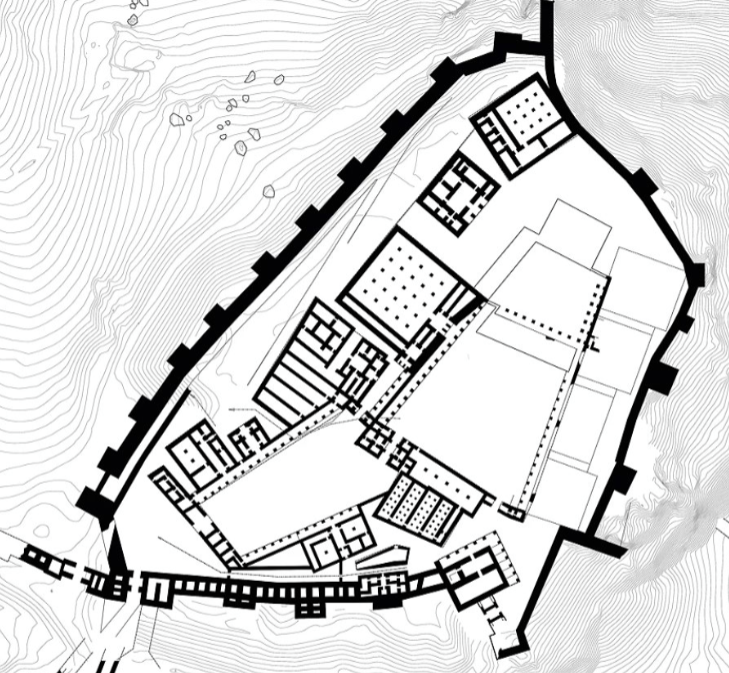
Hattusas Royal Palace
Built in the lower city, made of interconnected mud bricks to protect from earthquakes

Mycenae
Location: Mycenae, present-day Greece
Built: ca. 1,600 to 1,100 BCE
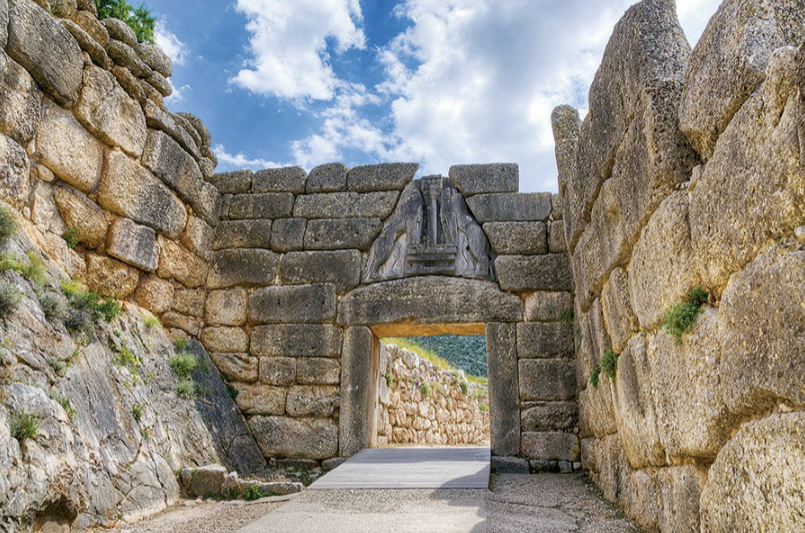
Mycenae Lion Gate
The whole city wall was built with huge stones called “cyclopean masonry” because they look too large for humans to handle
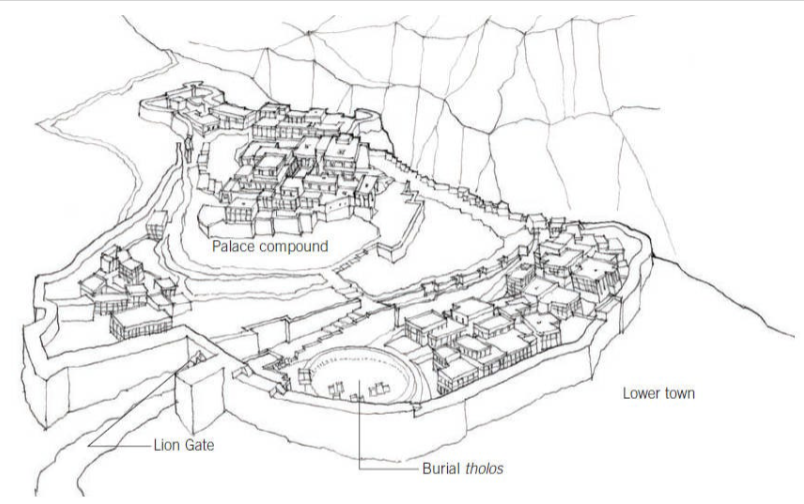
Mycenae
Location: Mycenae, present-day Greece
Built: ca. 1,600 to 1,100 BCE
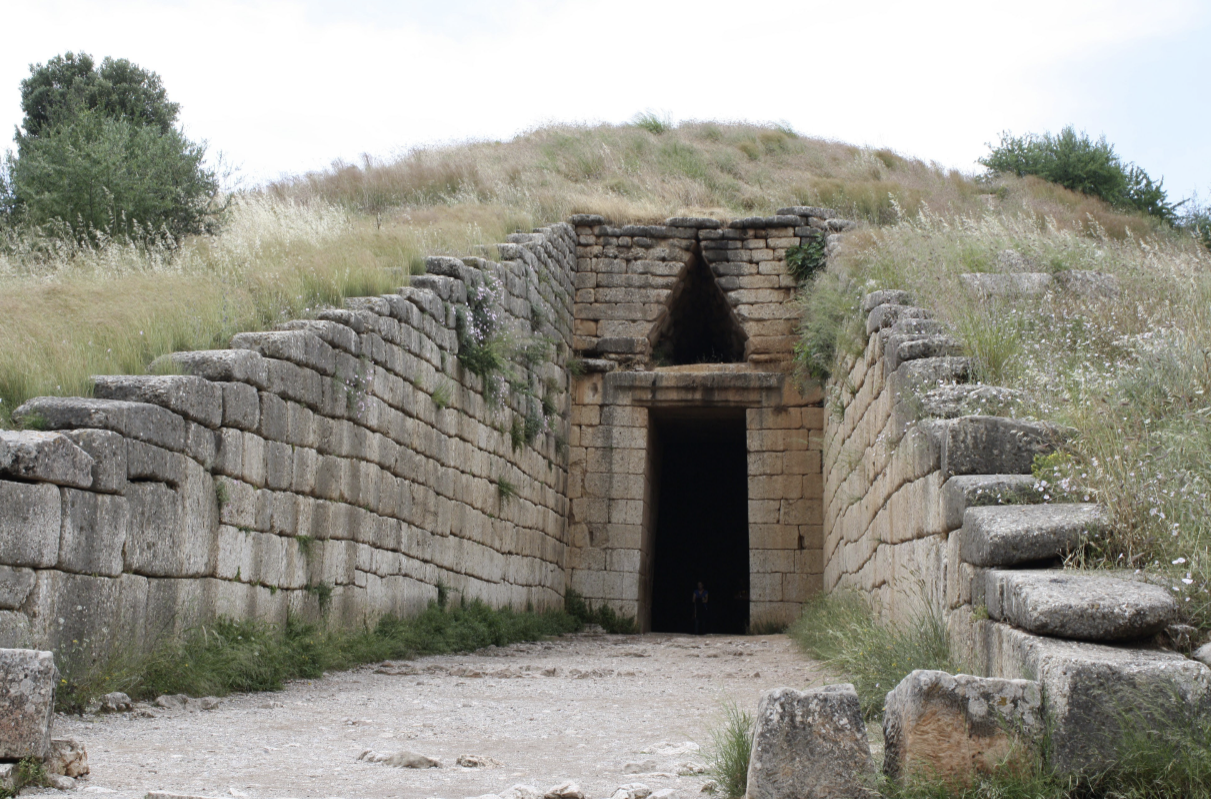
Treasury of Atreus
Location: Mycenae, present-day Greece
Built: ca. 1,300 to 1,250 BCE
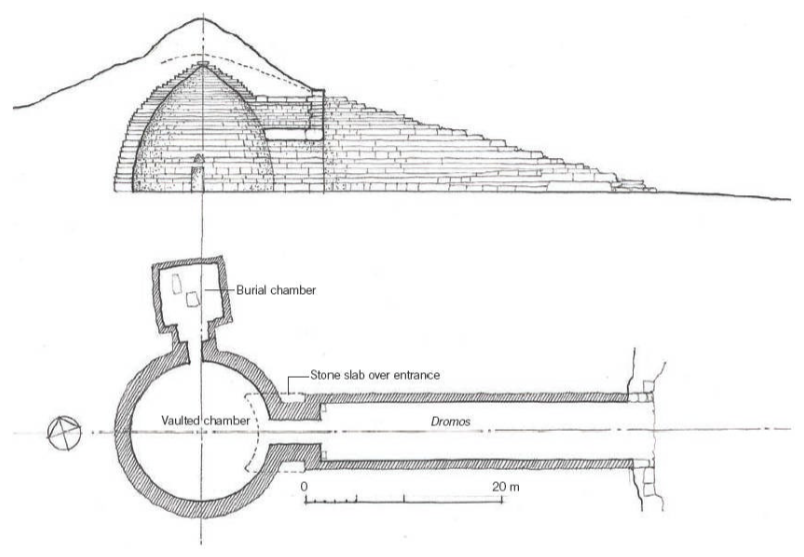
Treasury of Atreus
burial chamber of Agamemnon
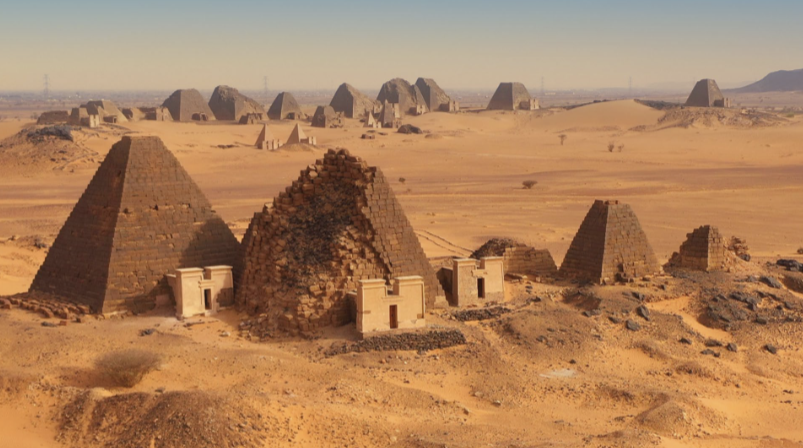
Pyramids of Meroë
Location: present-day Sudan
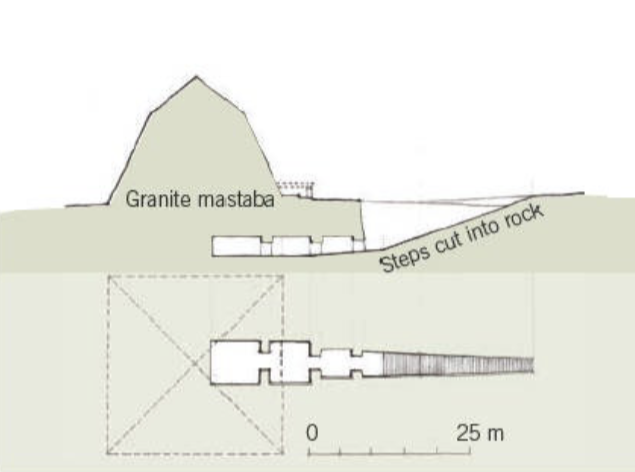
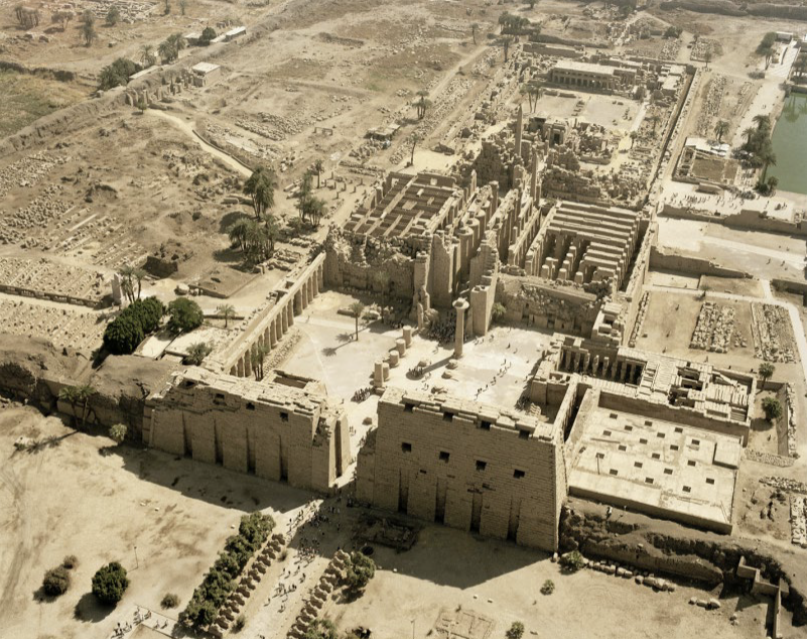
Temple Complex at Karnak
Location: present-day Egypt
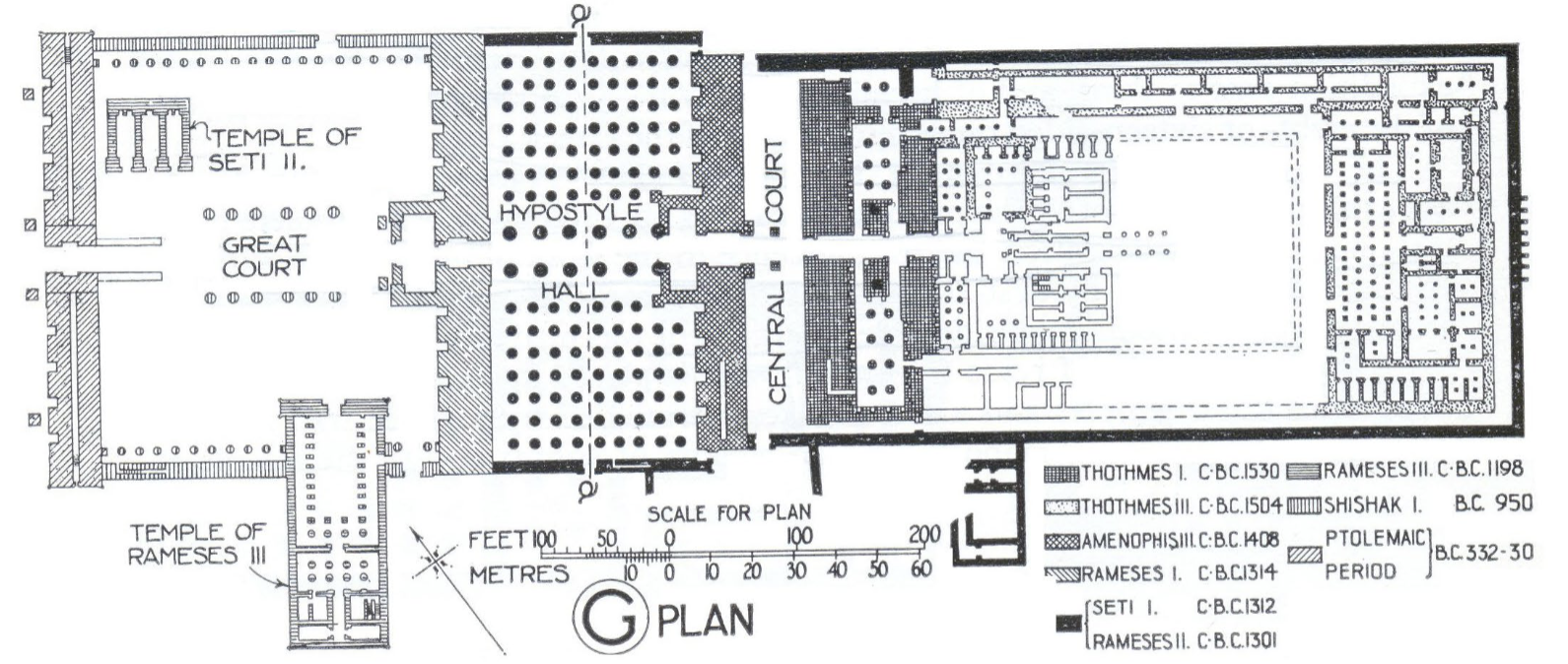
Temple Complex at Karnak
Location: present-day Egypt
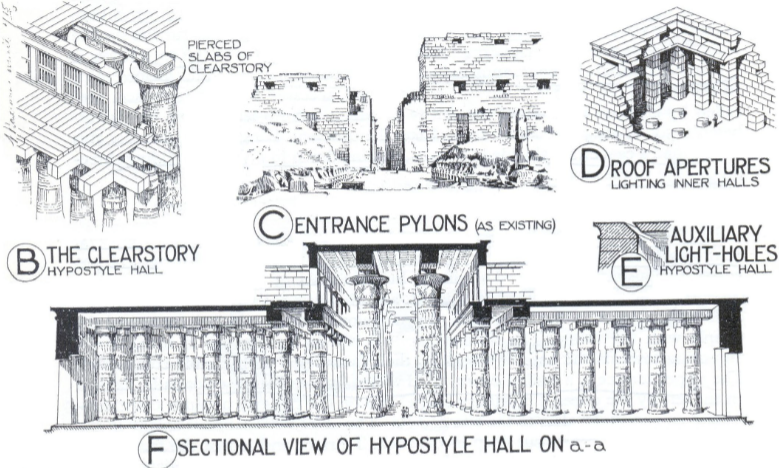
Temple Complex at Karnak
Location: present-day Egypt
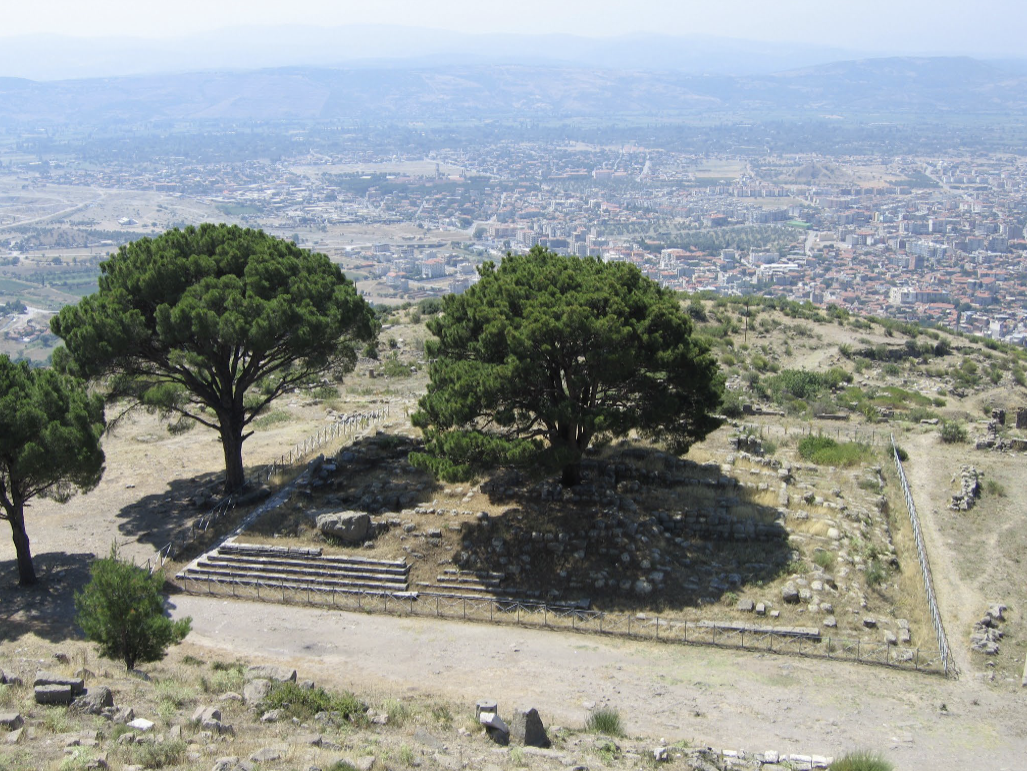
Remains of the Alar of Zeus at Pergamon
Location: present-day Turkey
Built: 200 to 150 BCE
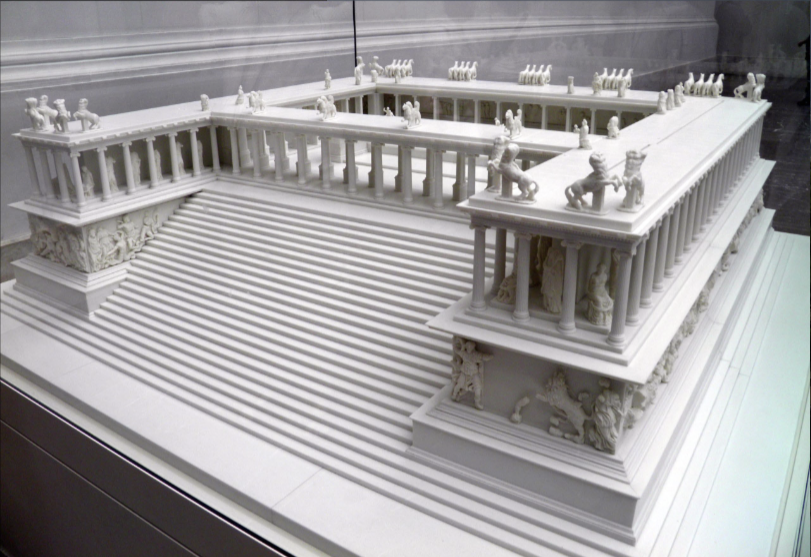
Model of the Alar of Zeus at Pergamon
Location: present-day Turkey
Built: 200 to 150 BCE
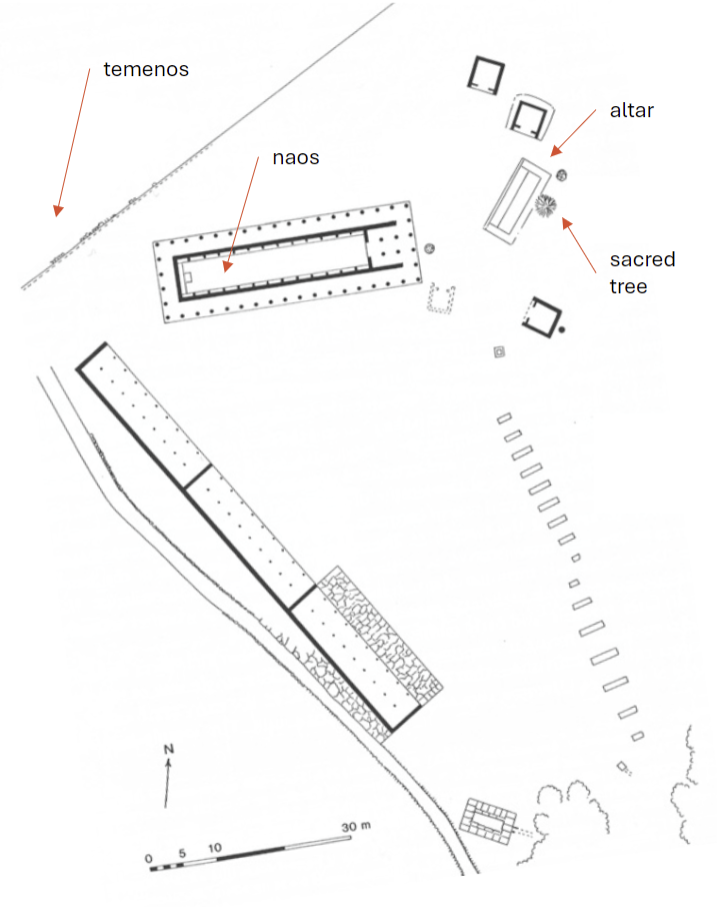
The Sanctuary at Samos
Location: present-day Greece
Built: 700 BCE
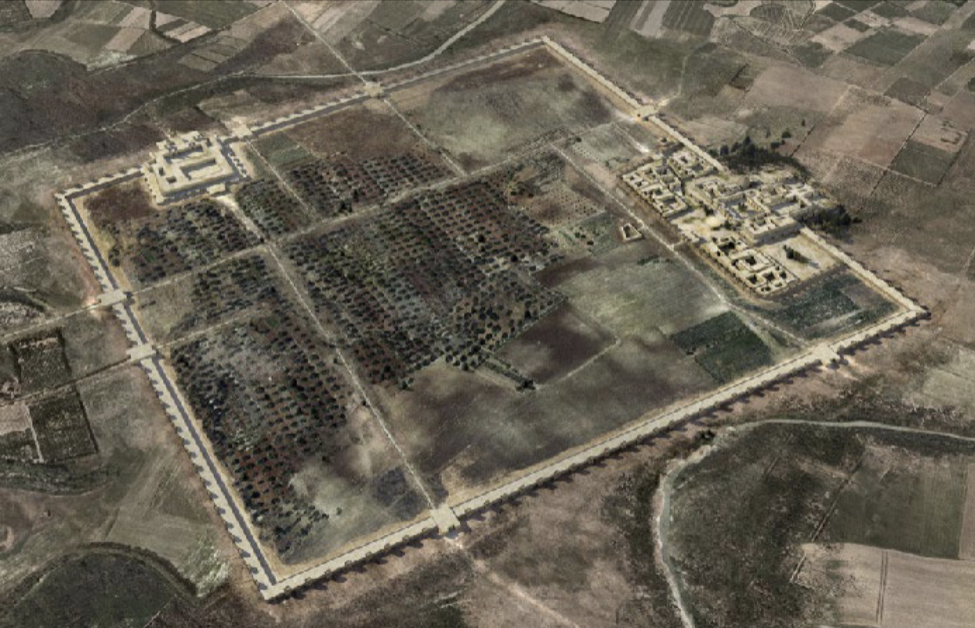
Dûr-Sharrukin (Khorsabad)
Location: present-day Khorsabad, Iraq
Built: ca. 717 to 706 BCE

Dûr-Sharrukin (Khorsabad)
Location: present-day Khorsabad, Iraq
Built: ca. 717 to 706 BCE
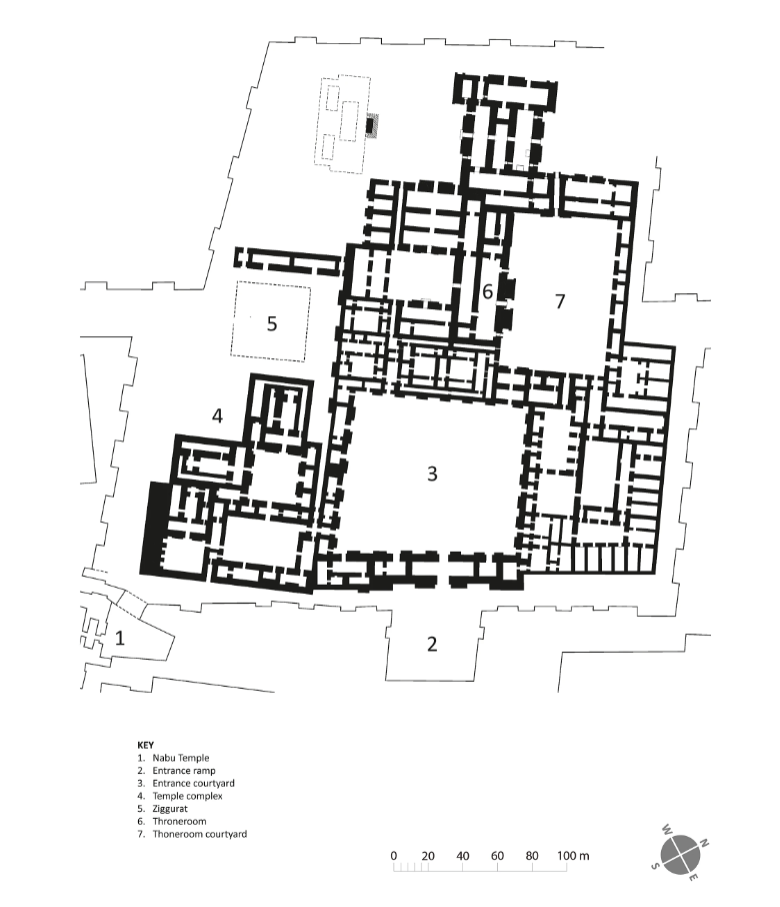
Royal Palace Dûr-Sharrukin (Khorsabad)
Location: present-day Khorsabad, Iraq
Built: ca. 717 to 706 BCE

Babylon
Location: near present-day Hillah, Iraq
Rebuilt: ca. 605 BCE
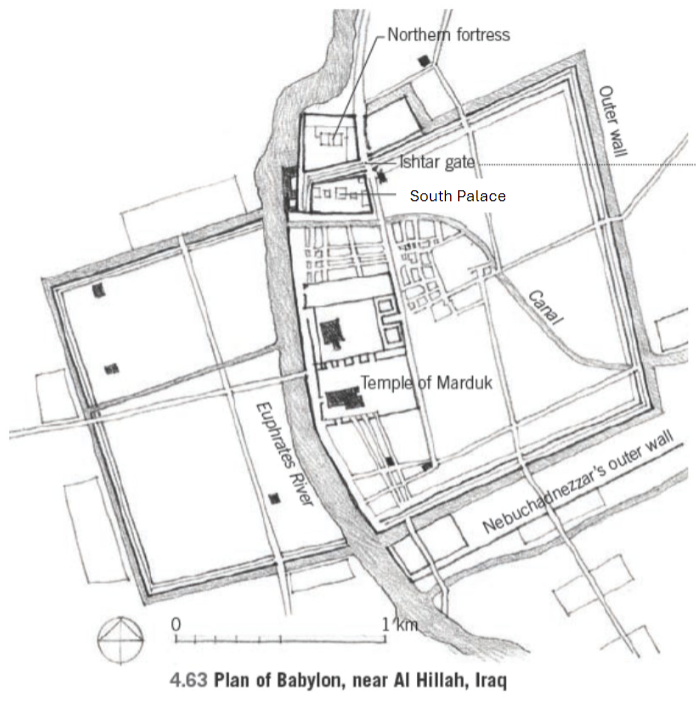
Babylon
Location: near present-day Hillah, Iraq
Rebuilt: ca. 605 BCE

South Palace, Babylon

Persepolis
Location: Persepolis, present-day Iran
Built: ca. 515 to 330 BCE
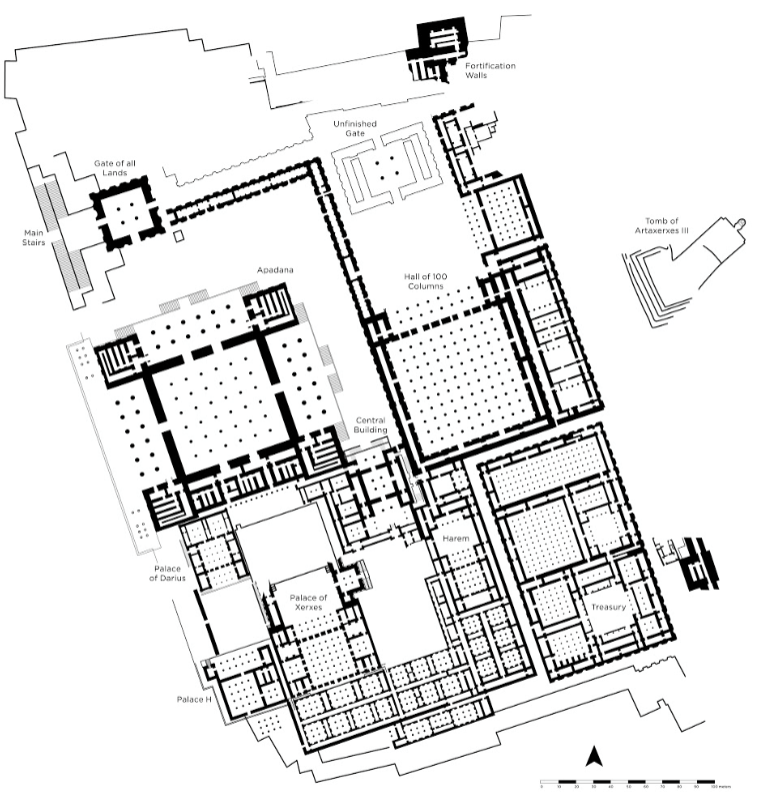
Persepolis
Location: Persepolis, present-day Iran
Built: ca. 515 to 330 BCE

Naqsh-e Rostam
Location: present-day Marvdasht, Iran
Built: ca. 550 to 350 BCE
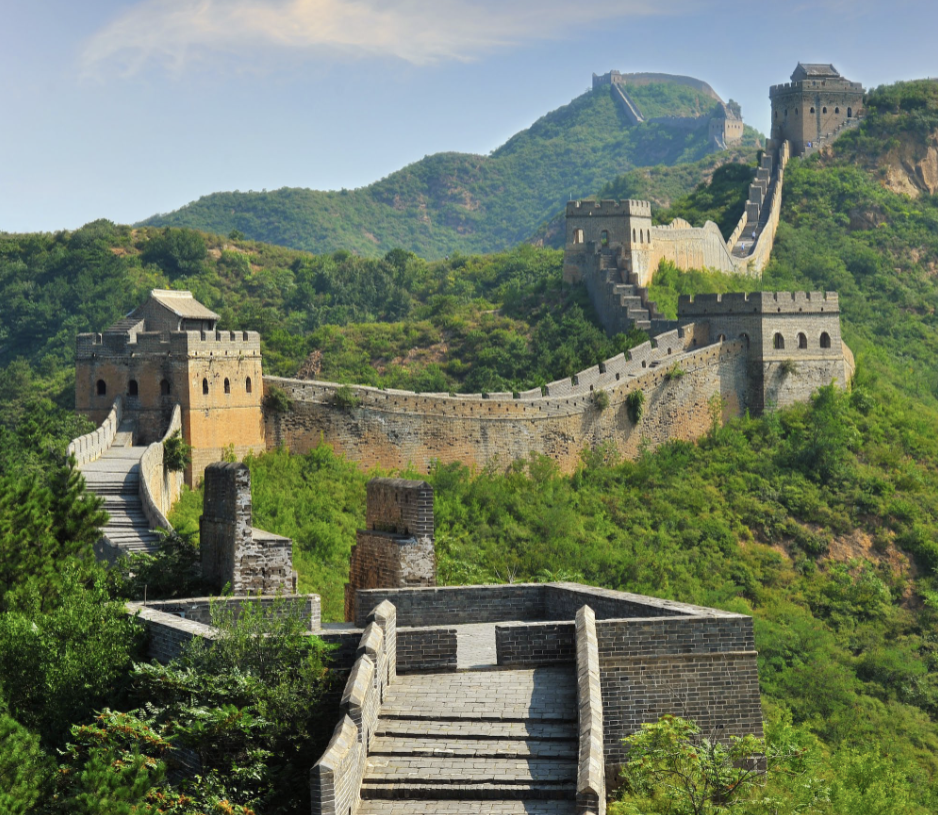
Great Wall
Location: present-day China
Built: in stages, from ca. 221 BCE (Qin Dynasty) to 1,644 CE (Ming Dynasty)
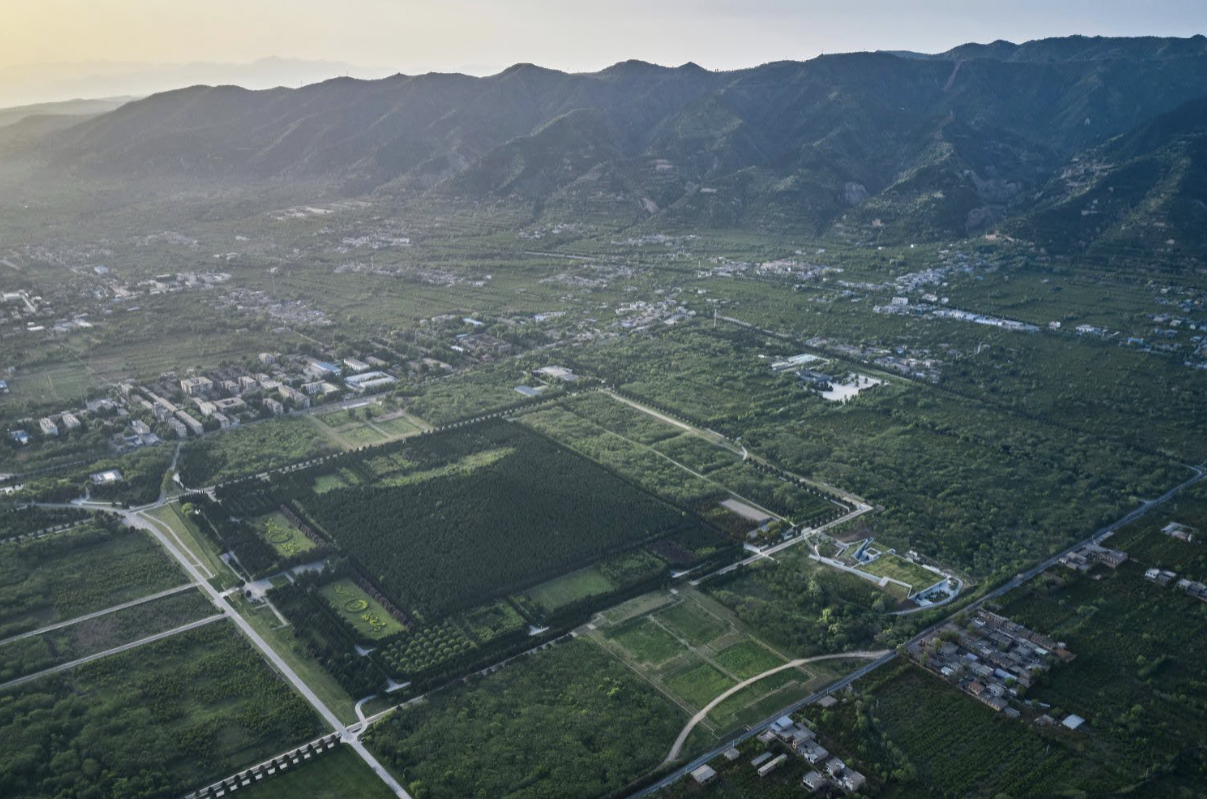
Tomb of the First Emperor
Location: present-day Xi’an, China
Built: ca. 246–210 BCE
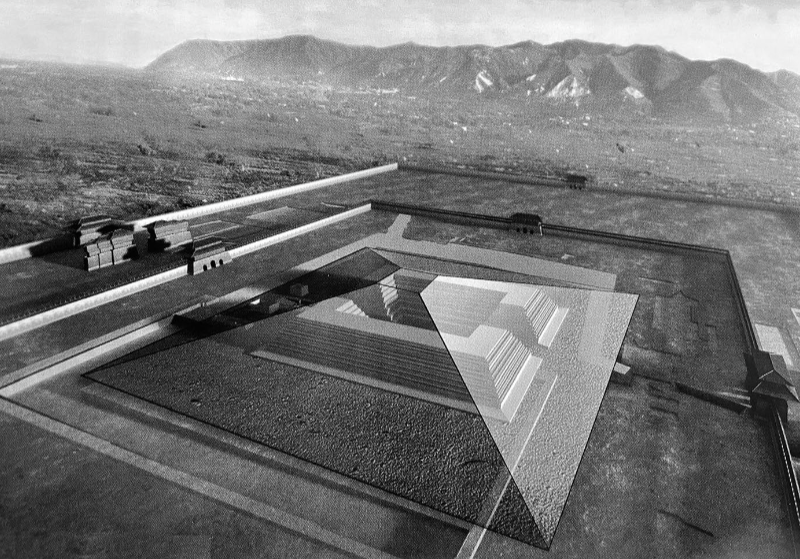
Tomb of the First Emperor
Location: present-day Xi’an, China
Built: ca. 246–210 BCE
The Social Package ca. 100,000 BP (what defined life approximately 100,000 years ago)
tools
ochre
symbolic expression
sacred landscape
dance
bands/kin based groups
Ochre
red, yellow, green, brown pigment from clay
used to paint clothing, skin, and caves
can represent blood, menstruation, birth, women, vitality, earth
often mixed with sweet smelling plants
used in death rituals for ancestors to find the deceased from their smell
Gravettian Culture
present-day Europe, about 26,000-20,000 BP
cold-weather hunting for big game (mammoths, reindeer)
organized communal hunting (mostly by men)
clothing and footwear manufacture (mostly by women), including ceremonial clothing
gendered division of labor
portable Venus figures
bear worship
shamanism
Venus cults
venus figures representing protection & fertility are left on the ground while the group migrates
Tipi/goahti
goahti made by Sami people in Sweden and Norway
doorway facing east
compression ring holds sticks/poles together, fabric layed on top
tipi made by native americans
outer skin is stitched on like a jacket to hold the sticks together
has an opening like a window to let smoke out, but can close to keep out weather.
when the poles age they are cut down for other uses
the outside skin can be painted or decorated to show who lives inside
both are easily built and dismantled
Sweat Lodge
An enclosed stone structure, functions like a sauna, sweating makes someone shine which helps them to speak with gods or ancestors.
Holocene
Geological epoch (basically just a long period of time)
started at the end of the last major ice age (about 11,700 years ago) and continues to present
Also called Anthropocene
Pacific Ocean Salmon Culture Crescent
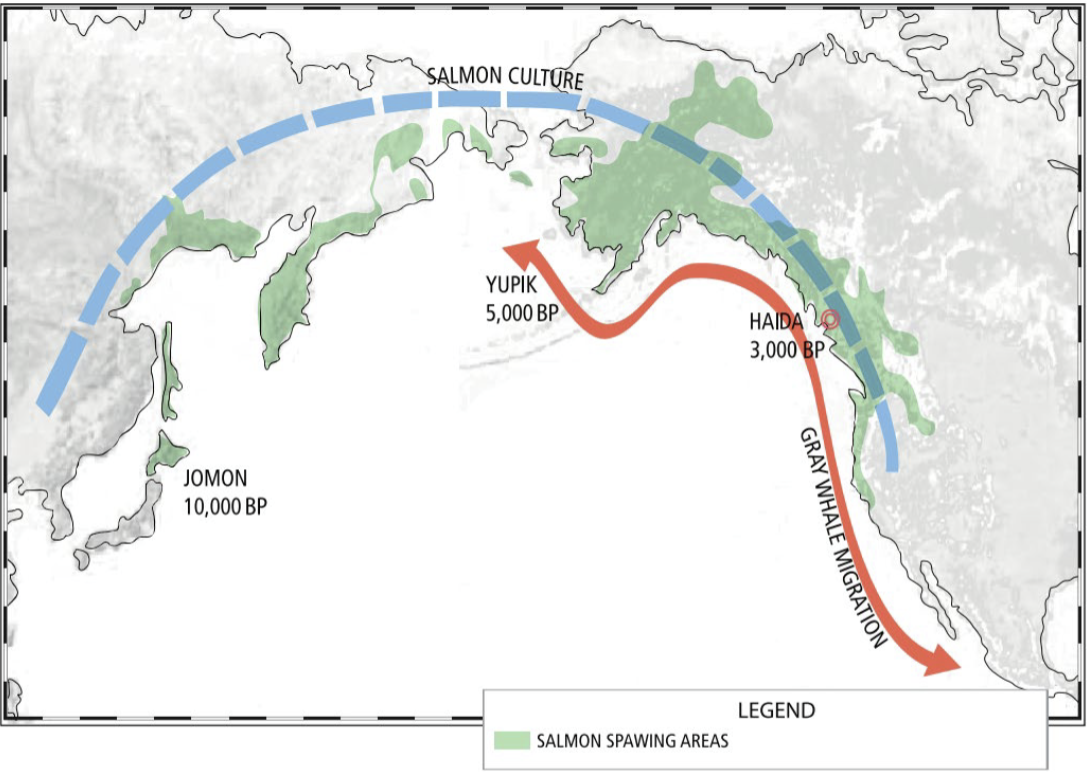
Jōmon People
present-day Japan, about 10,000 BP (before present)
people of the Sannai-Maruyaba Site
made bone tools and clay pottery and figurines
built pit houses, communal longhouses, and raised storehouses
Pit House
living space dug partially or fully into the ground and covered in earth
meant to keep a group of people warm
Yup'ik, Koyukon, and Iñupiat People
present-day Alaska, about 5,000 BP (before present)
fish in kayaks with spears in the Pacific Ocean
migrated seasonally to the same places
lived in communal housing separated by gender
larger pit houses wooden on the inside but still covered in earth
Haida People
present-day British Colombia, Canada, about 3,000 BP (before present)
hunted grey whales & moved with their migration
used spears with a floating bladder attached to track whales
used dugout canoes carved out of one large tree
had potlatches with neighboring groups
pit houses facing the water
totem poles used to show social status and also the triumphs of the people living there
red cedar spiritually important
Present-day First Societies
savannah and scrubland societies:
!Kung in southern Africa
Aboriginal in Australia
steppe and cold-weather hunting societies:
Sami in Sweden and Norway
Kets and Nenets in Russia
Inuits in Alaska
forest and river societies:
Bambuti in Central Africa
Andaman Islanders in India
Batek in the Phillipines
Nanai in Siberia
Pastoralism
social organization based on livestock raising as the primary economic activity
Agropastoralism
social organization based on the growing of crops and the raising of livestock as the primary means of economic activity
creates more gendered division of labor - gave women more important jobs
Bull and Cow Cults
Cattle are revered in many societies. Often they are killed only for ritual, not for eating.
!Kung People
a current first society in southern Africa
villages are arranged in a circle around a central fire, usually beneath a tree
Stele/stela
an upright stone slab or column typically bearing a commemorative inscription or relief design, often serving as a gravestone
Second Burial
In societies that have two burials, the first is an informal ceremony, often called a “sky burial” for the body to decompose, often in a communal grave. For the second burial, the bones are collected, often all at the same time at one point of the year. The bones could be buried in a specific place with the family, or used by the family otherwise.
Menhir
a large standing stone that may be found as a single upright
monolith, or as part of a group of similar stones
Alignment
They tend to be in two distinct types, namely large stones with wide spaces and smaller stones more closely spaced. Sometimes its a single row and sometimes there are parallel rows.
Dolmen
a structure of upright stones supporting a horizontal capstone roof.
Tumulus
If a dolmen is covered with earth or small stones it is called a barrow or, more generically, a tumulus. However, not all tumuli have a tomb within.
Its a giant circular dolmen covered with earth.
Cursus
an avenue-like construction defined by ditches that crosses the landscape. Some stretched for several kilometers and are mainly found in England.
Henge
a circular arrangement of stones, or timber posts and/or ditches
Elements of the First Cities in Marshes
Tell es-Sawwan, Eridu, Uruk, Susa, Mari,
Grain specialization for trade surplus
Control of irrigation
Control of people and trade for:
wood for houses
baked bricks for temples
copper for ritual objects and
prestige
The creation of:
temples
a pantheon of gods (Abu, Anu,
Enki, Enlil, and Inanna, among the
most important)an army
a bureaucracy
Mastaba
Type of ancient Egyptian tomb where the burial chamber is on top of a rectangular structure made of mud-brick or stone.
Serdab
part of a mastaba with a statue of the deceased, either concealed or accessible only by a narrow passage
Hypostyle Hall
a large hall-like structure with a roof supported by numerous columns. The columns are painted like flowers, so it is meant to feels like a giant flower field.
Pylon
the gate towers flanking the entrance to an ancient Egyptian temple
Propylon
an outer monumental gateway before the main gateway of a temple
Megaron
he great central hall of an ancient Mycenaen house usually containing a center hearth
Tholos
a circular tomb of beehive shape approached by a horizontal passage in the side of a hill